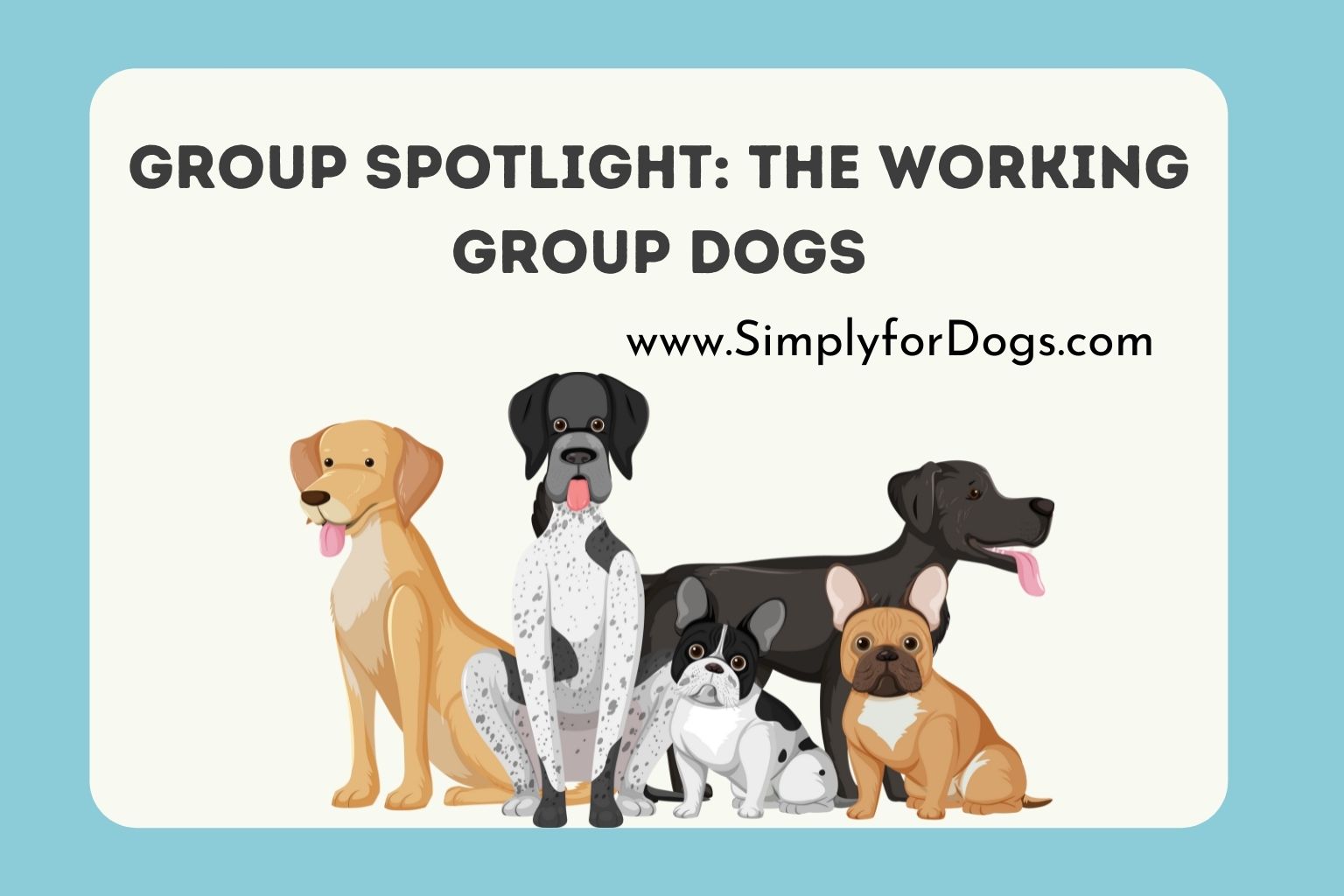The American Kennel Club recognize or categorizes all official breeds within seven groups: Herding, Hound, Toy, Non-Sporting, Sporting, Terrier, and Working. It is that last group we are going to explore a bit in this article, looking at them all generally and then at a representative group of rarer or lesser known breeds.
The Working Group is often described collectively as a super-intelligent bunch. These are the dogs that have evolved as human being’s “right hand man/woman” so to speak. They are quick to learn, master very specific jobs, and are able to integrate into families while also remaining alert, watchful and ready to take action. As the AKC explains, they “make wonderful companions,” and yet they are also not for the timid or first-time dog owners.
They vary widely in their appearances, but most give off the distinct look of strength, intelligence and even nobility or courage. It is from this group that humans have found their working farm and draft dogs, their livestock protecting dogs, and their guide, service, military, police and hunting dogs. Yes, that represents a huge number of breeds, and so we’ll look at five unique examples to show how diverse and yet how similar these dogs are in many ways.
First, let’s take a deeper dive into the category of the Working Group, find out some of the most famous and familiar dogs within this heading and then turn our attention to those unique or lesser known dogs.
What Is the Working Group?
According to one expert, the “Working Group were bred to perform such jobs as guarding property, pulling sleds and performing water rescues. Many of these breeds also serve as draft animals, and as police, military and service dogs. They have been invaluable assets to man throughout the ages. Quick to learn, these intelligent, capable animals make solid companions.” In other words, they are bred to work and come from a long line of ancestors that are likely some of the earliest dogs to associate themselves with humans.
They can become one-person dogs and even a bit hesitant to warm up to other people, but you will often find that members of the Working Group are excellent with people and kids (though little ones may be knocked over accidentally due to the dogs’ larger sizes) and with other animals – including housecats!
Naturally, as the owner of two examples of the “winningest” breedin the group (Boxers), I am a big fan of almost all of the Working Group dogs. In the world of the AKC, there have been 15 dogs from the Working Group who have claimed Best in Show bragging rights. So, they are not all about their smarts and their dutiful behaviors – they are also all very good looking and beautifully designed creatures.
You might agree once you hear the names of some of the most familiar or recognizable breeds such as the Alaskan Malamute, Boxers, Great Danes, Bernese Mountain Dogs, Doberman Pinschers, Mastiffs, Siberian Huskies, Newfoundland and Rottweilers.
Related Content:
21 Most Dangerous Dog Breeds (Video)
24 of the World’s Heaviest Dog Breeds
25 Least Affectionate Dogs
32 Dog Breeds Without Many (or Any) Health Issues
And if you are not already aware, almost all of the kennel clubs of the world have an established Working Group. The UKC, Canadian Kennel Club, Australian National Kennel Council and the New Zealand Kennel Clubs all feature working groups. However, the AKC and Australian National Kennel Council both seem to have the largest number of breeds within that specific heading. There are 32 in the AKC and 33 in the Australian group. The AKC recognize the following breeds as members of the Working Group:
-
Akita
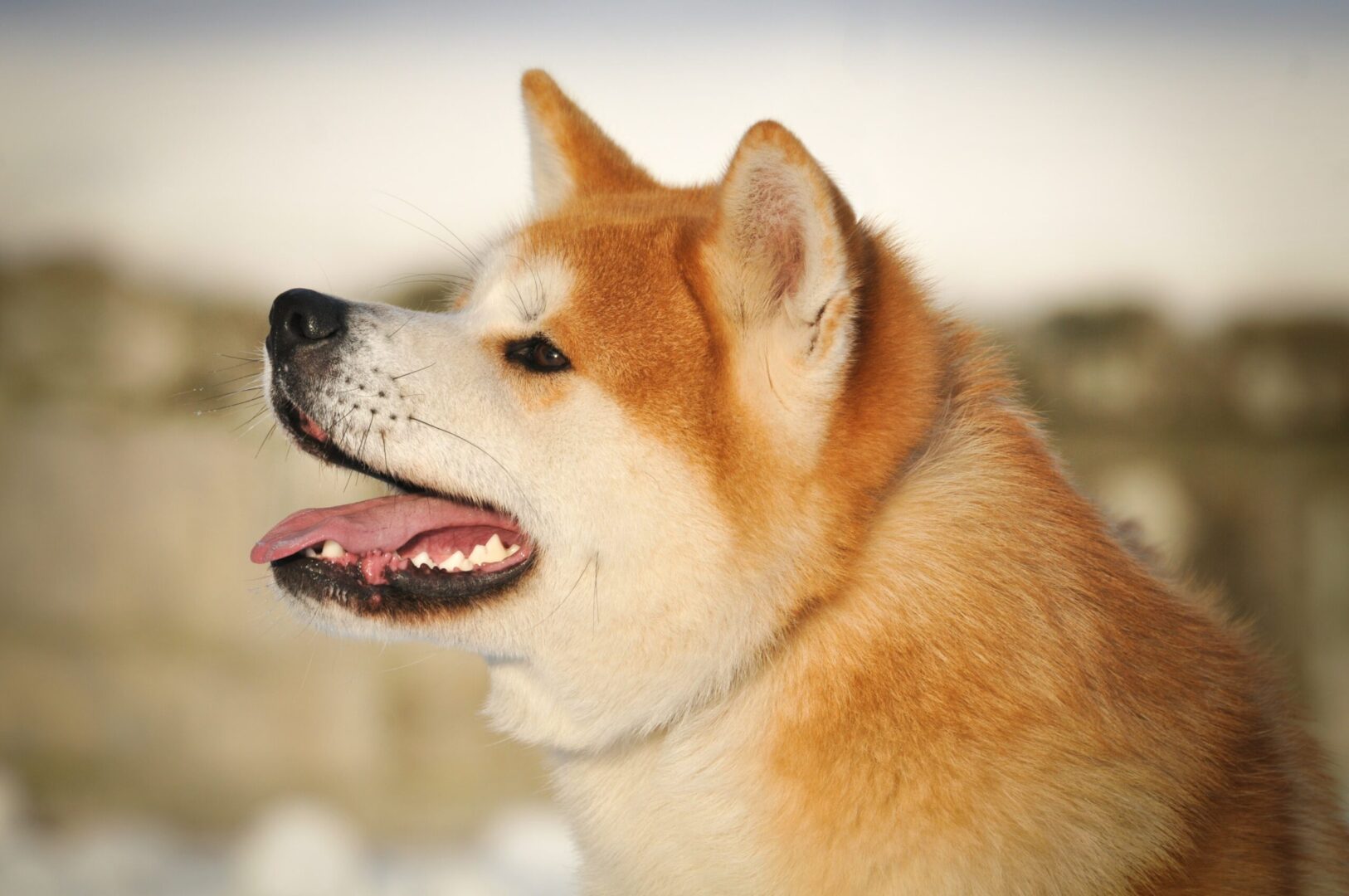
-
Alaskan Malamute
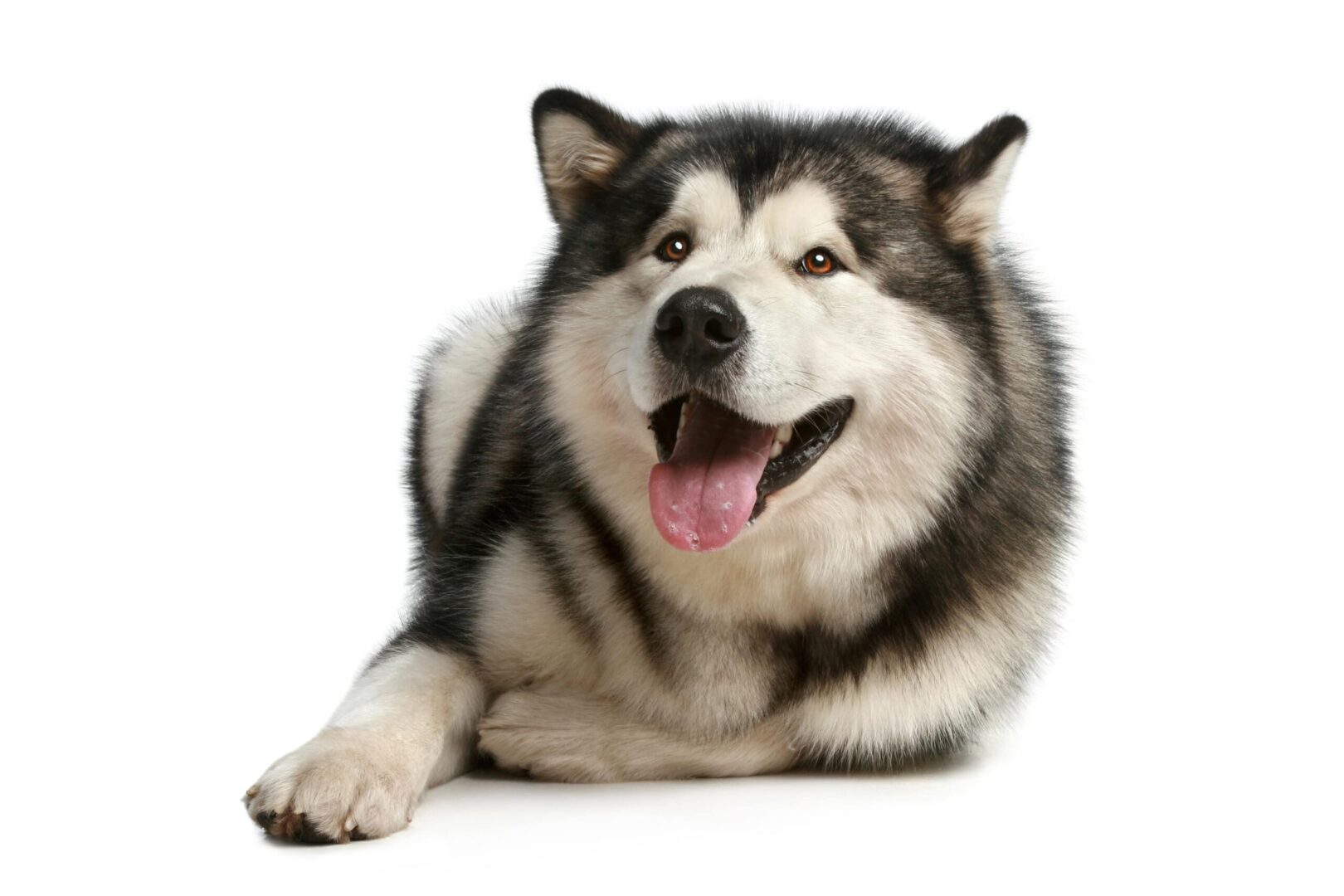
-
Anatolian Shepherd Dog

-
Bernese Mountain Dog
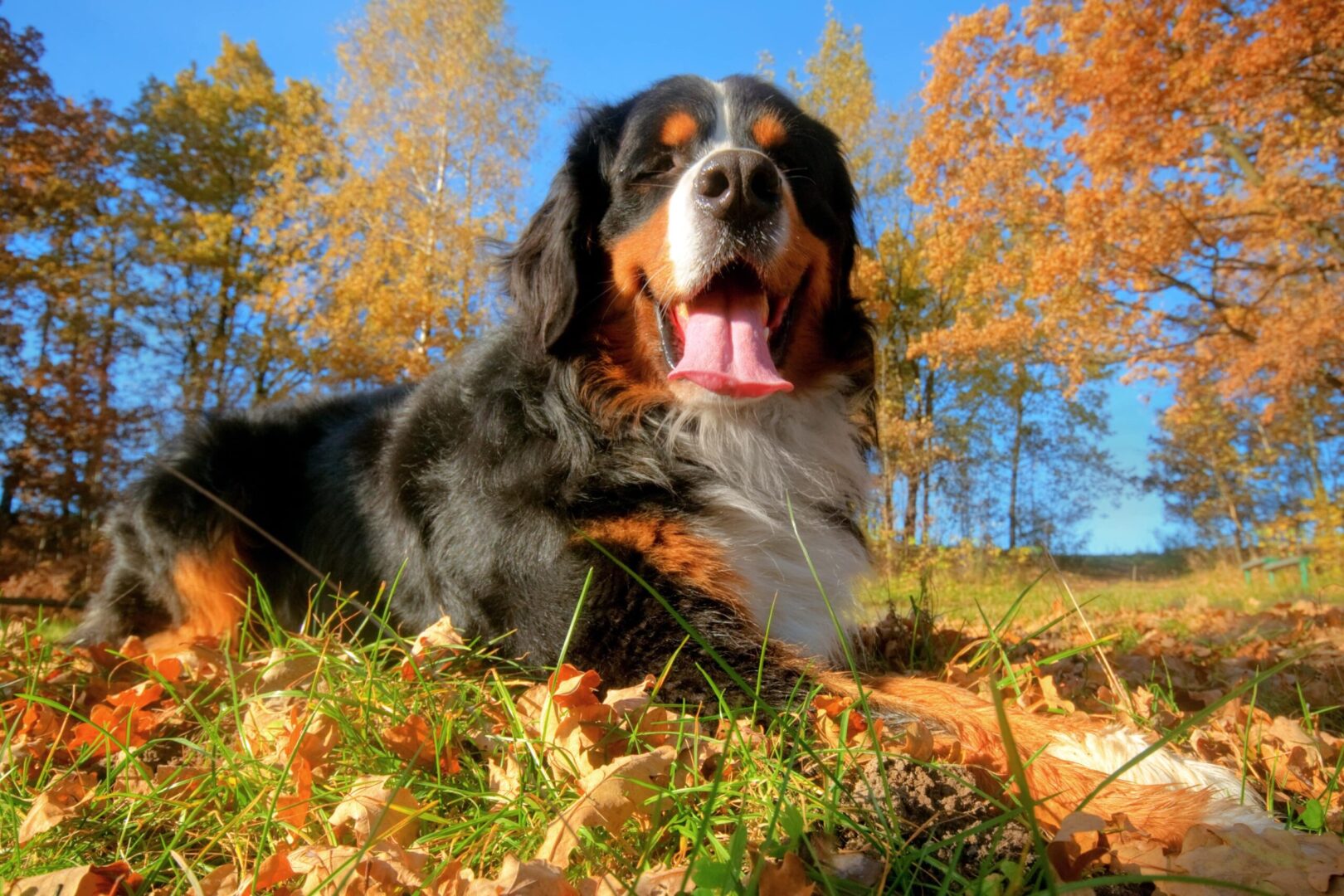
-
Black Russian Terrier

-
Boerboel
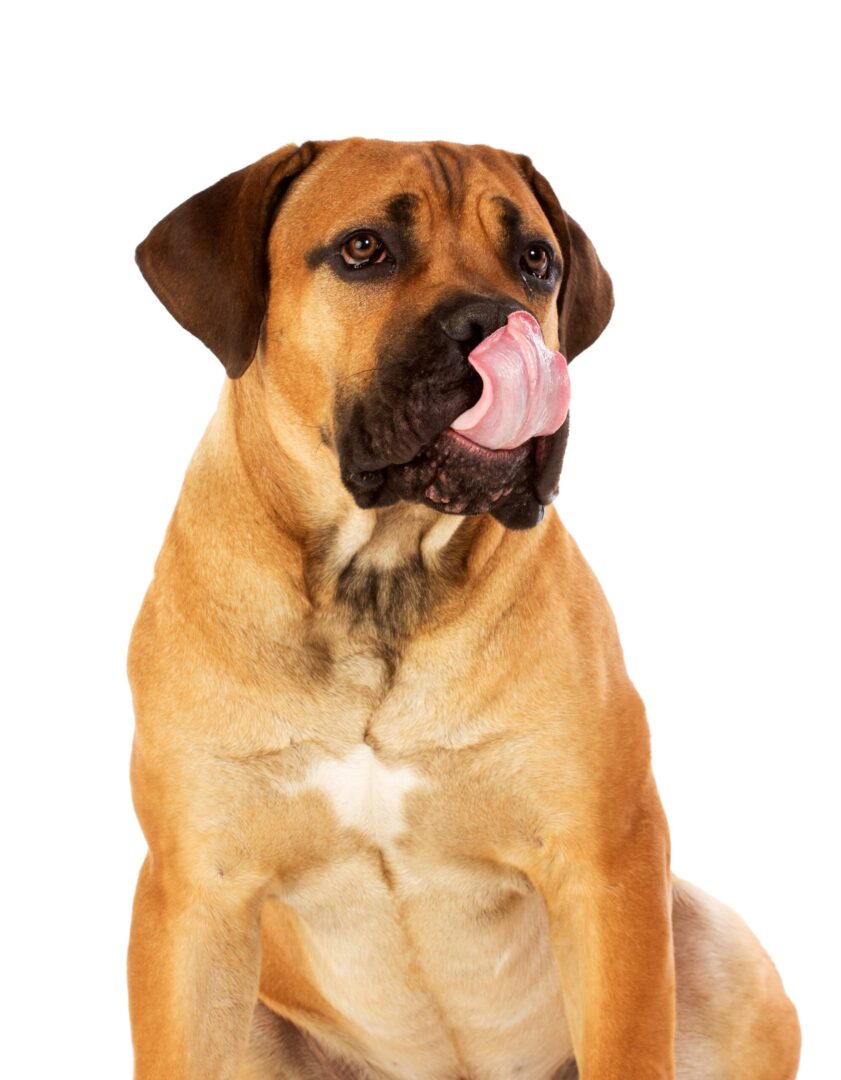
-
Boxer
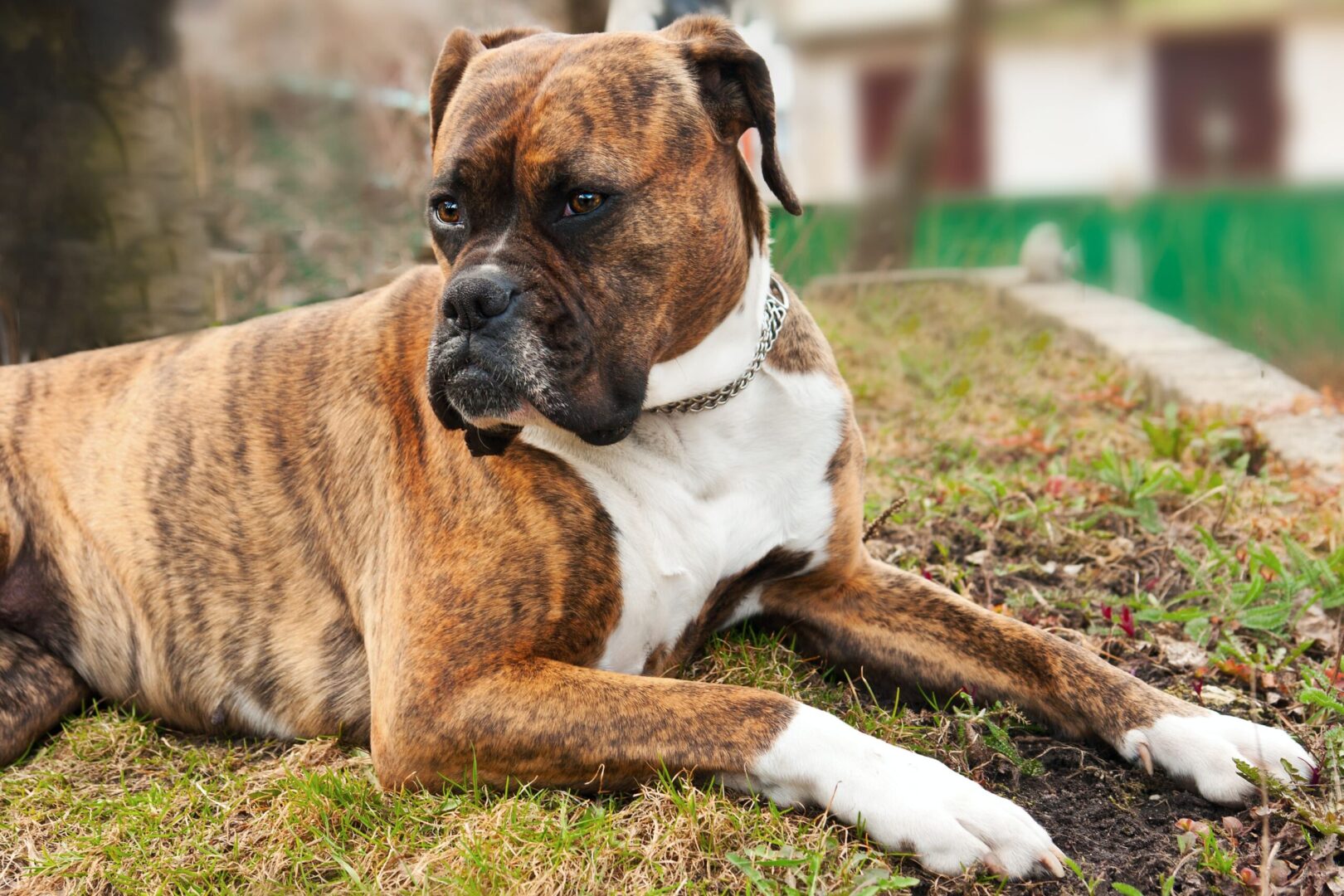
-
Bullmastiff
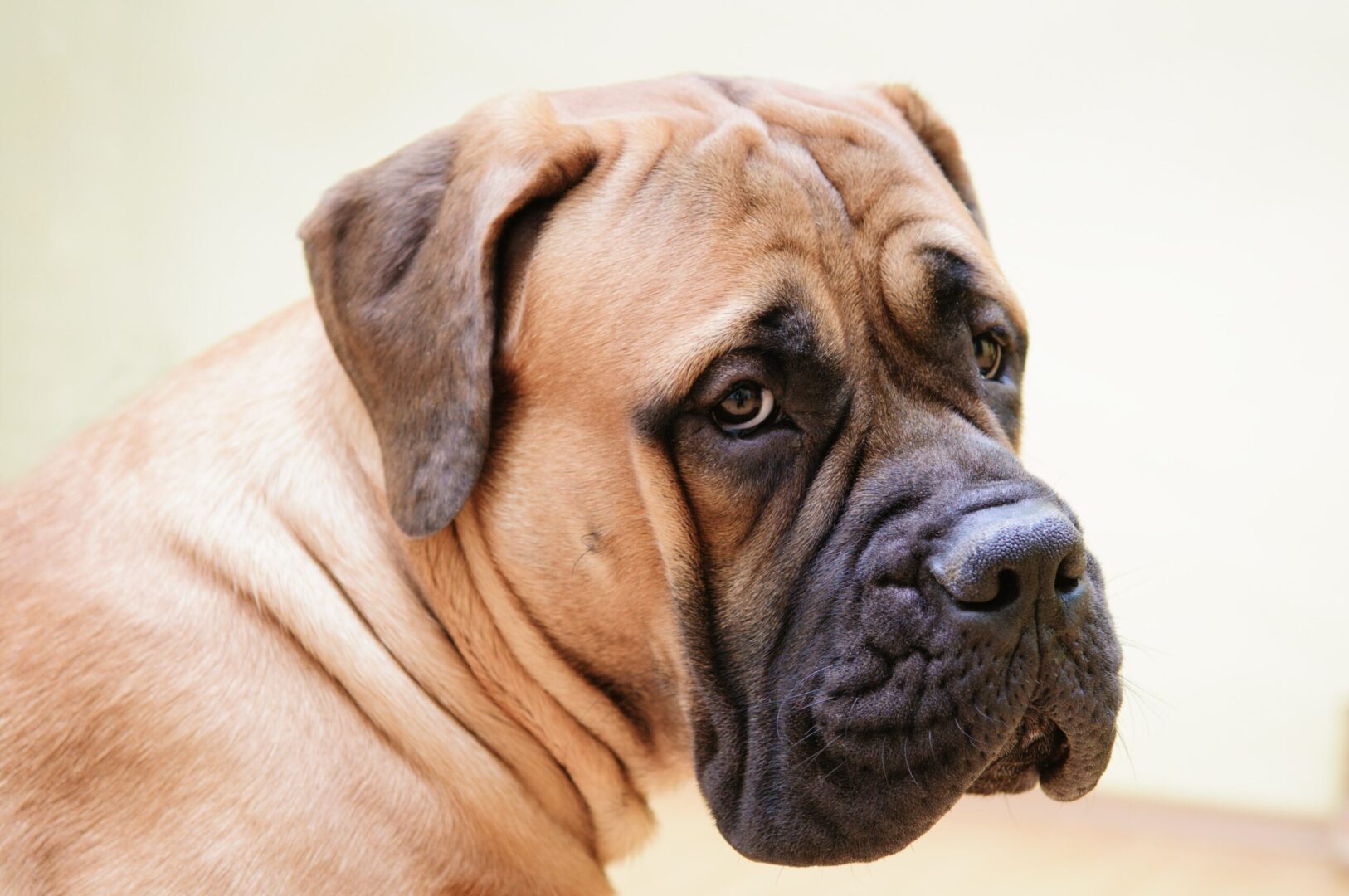
-
Cane Corso
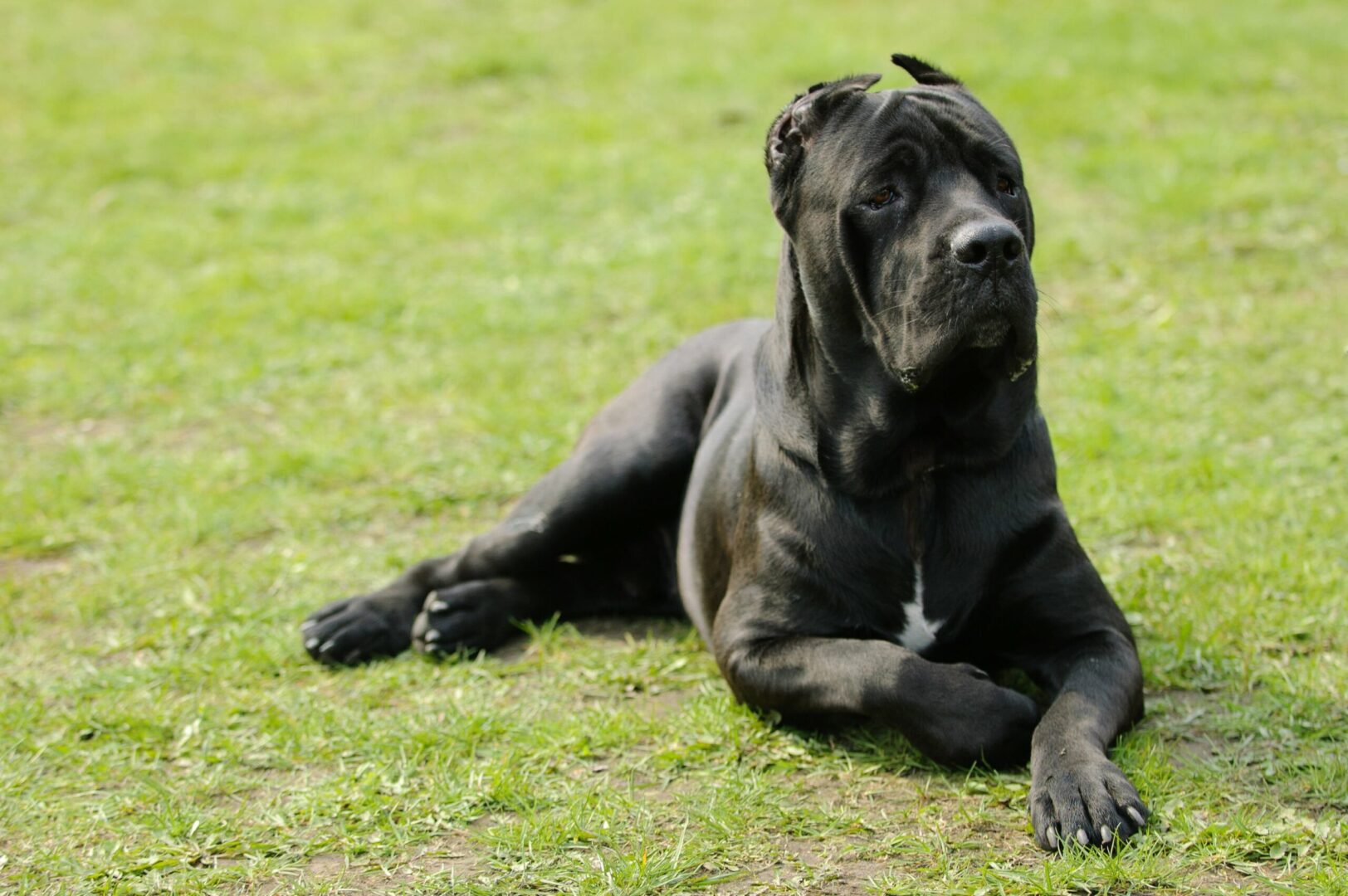
-
Chinook
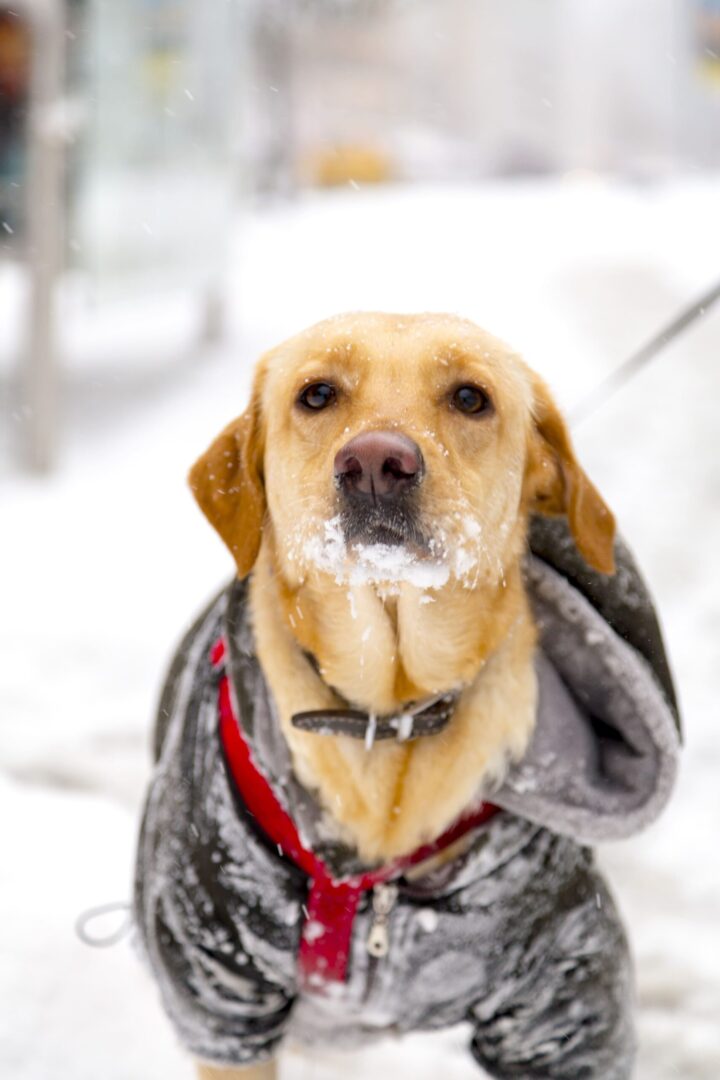
-
Doberman Pinscher
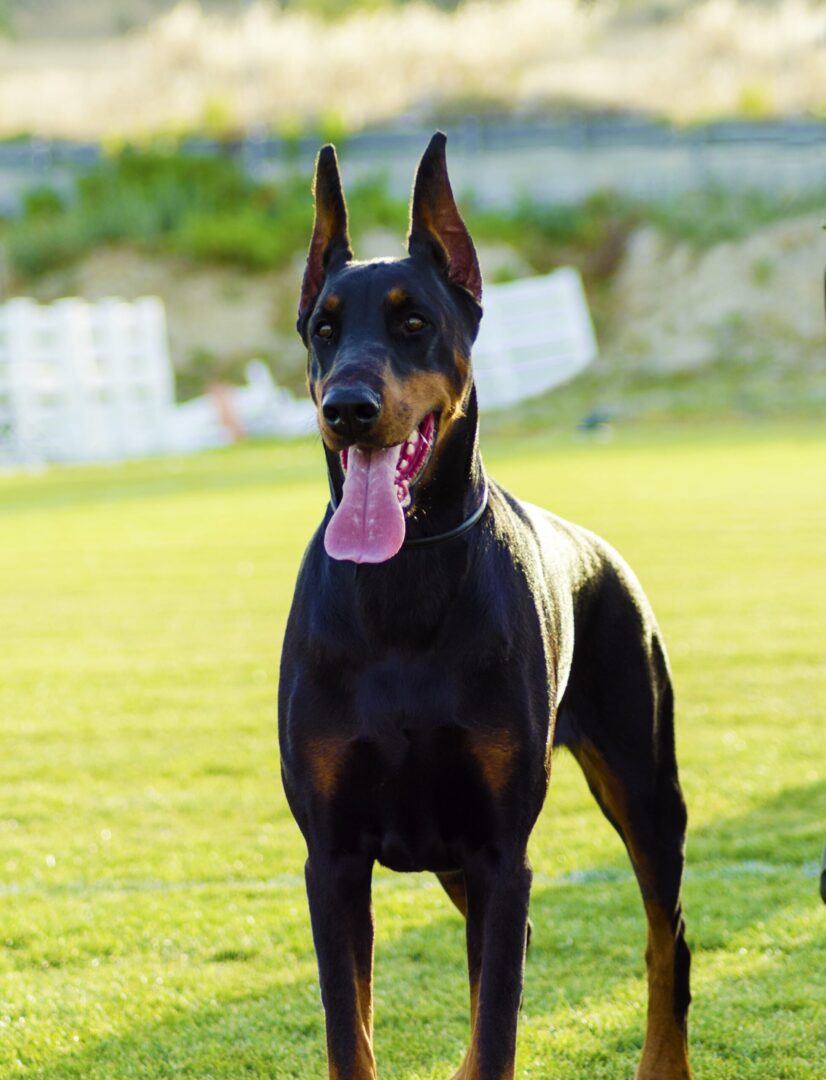
-
Dogue de Bordeaux
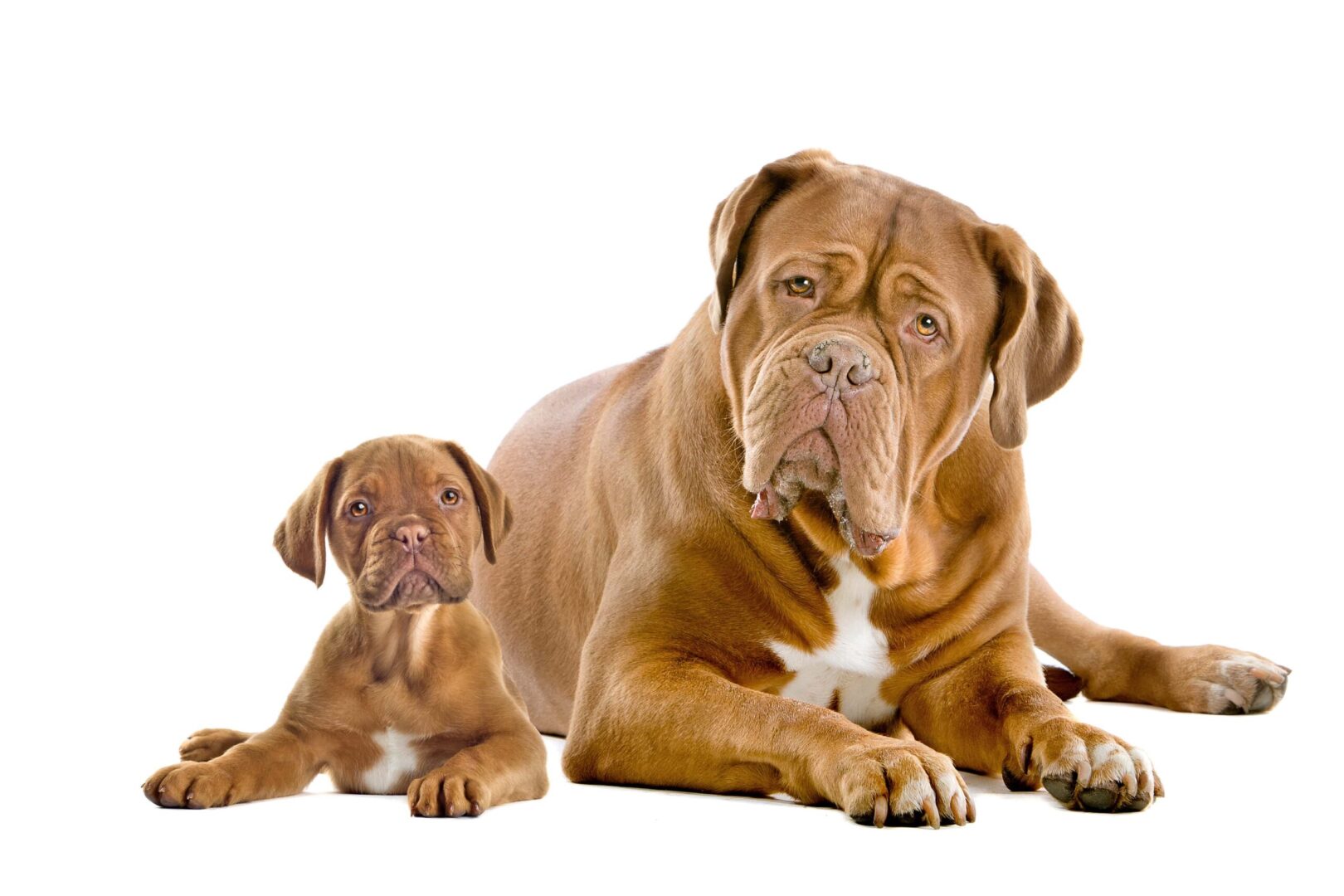
-
German Pinscher
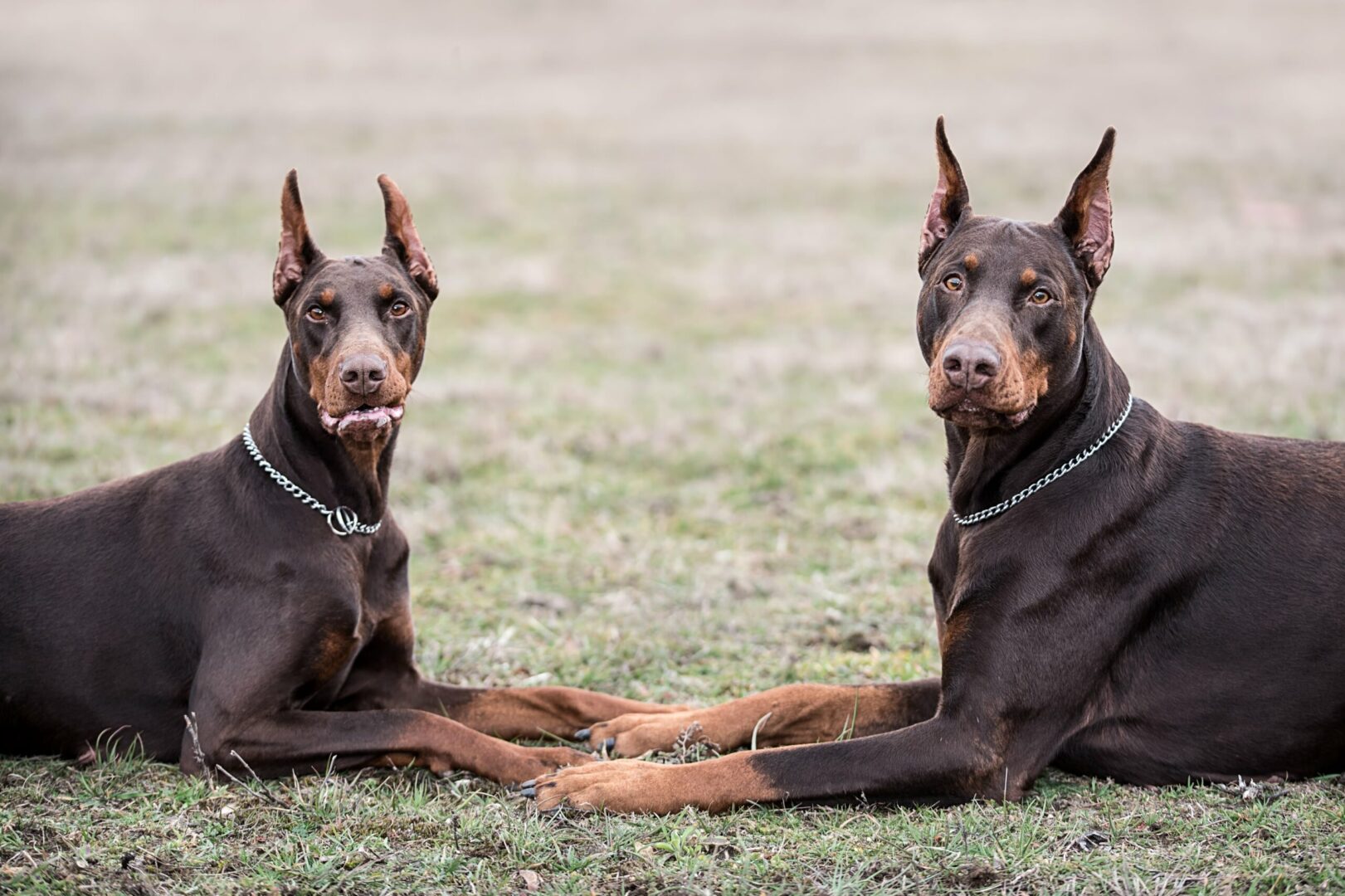
-
Giant Schnauzer
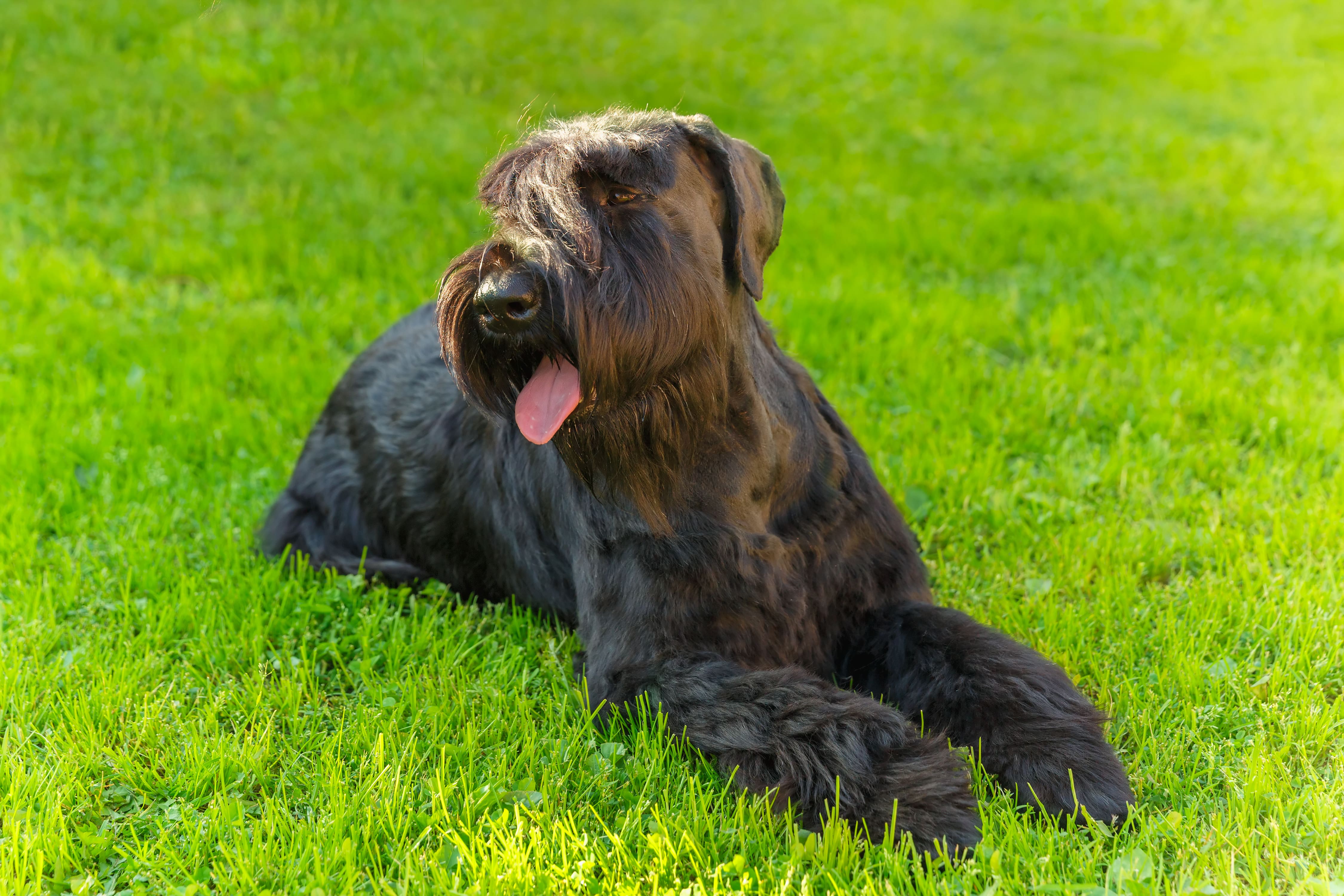
-
Great Dane

-
Great Pyrenees
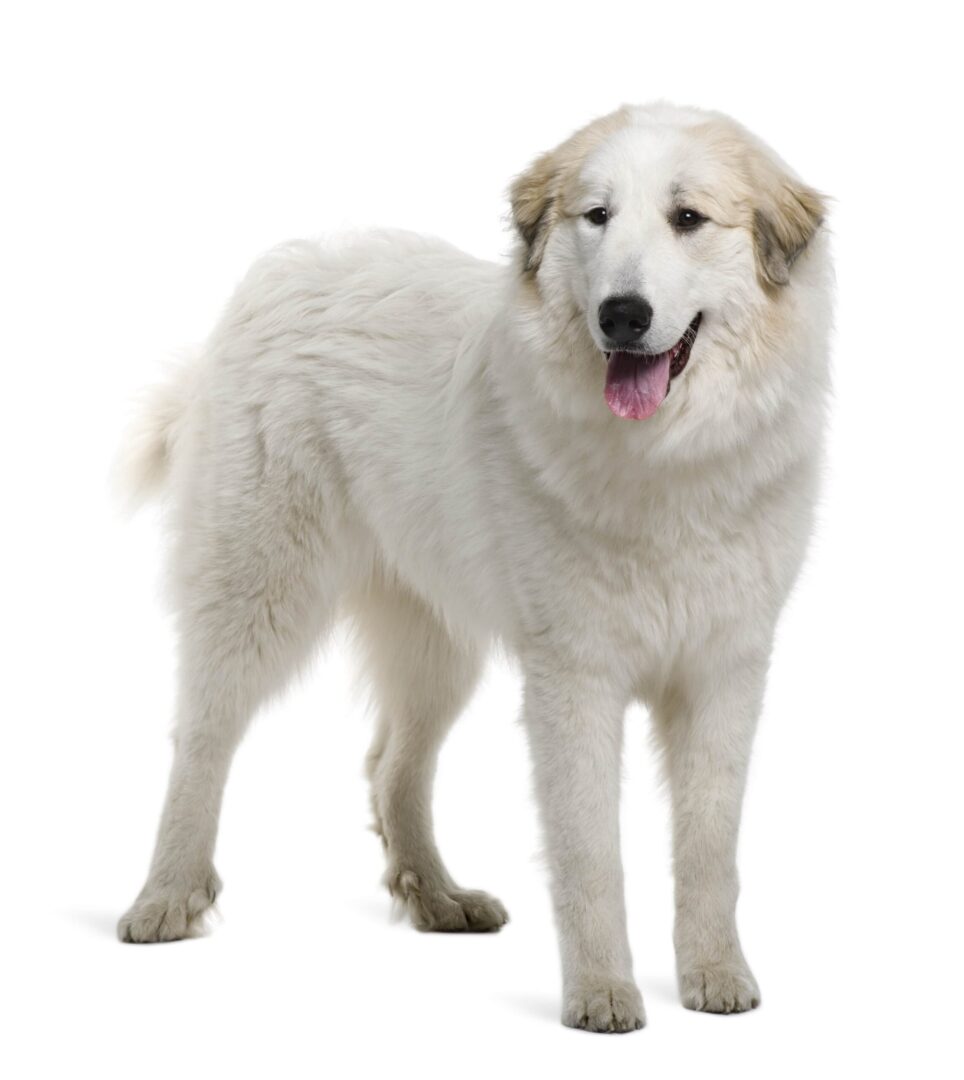
-
Greater Swiss Mountain Dog
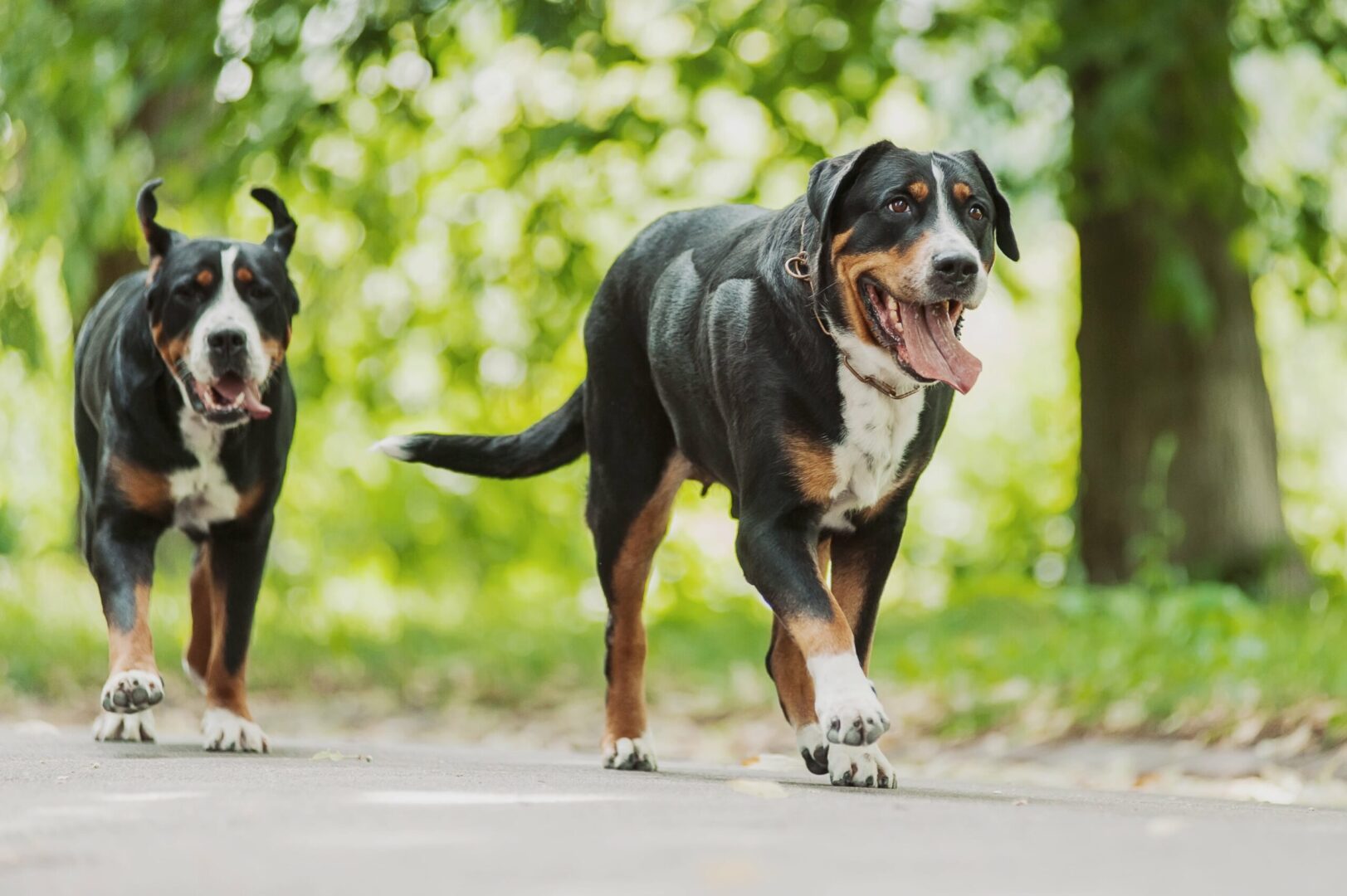
-
Komondor
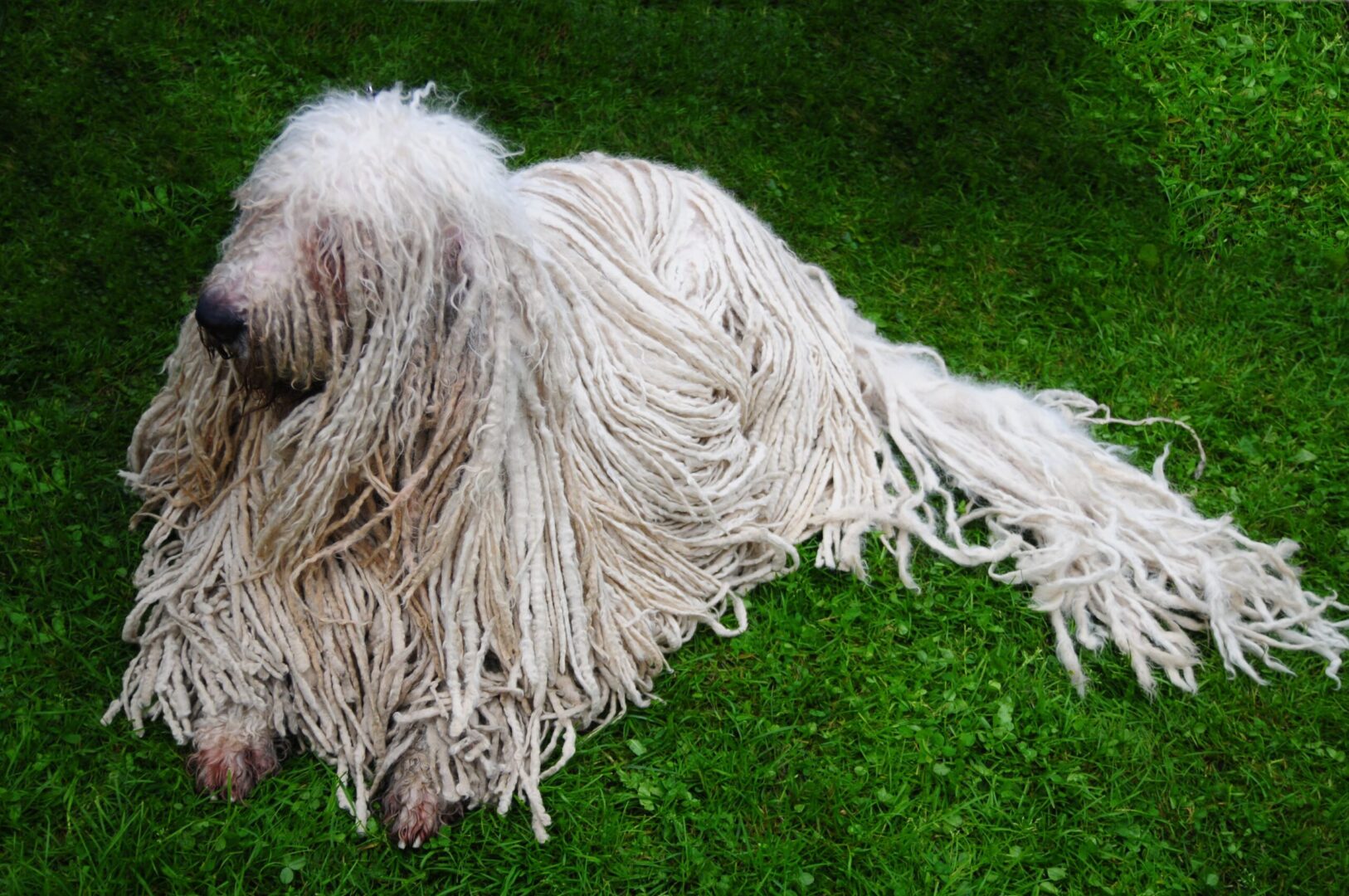
-
Kuvasz

-
Leonberger
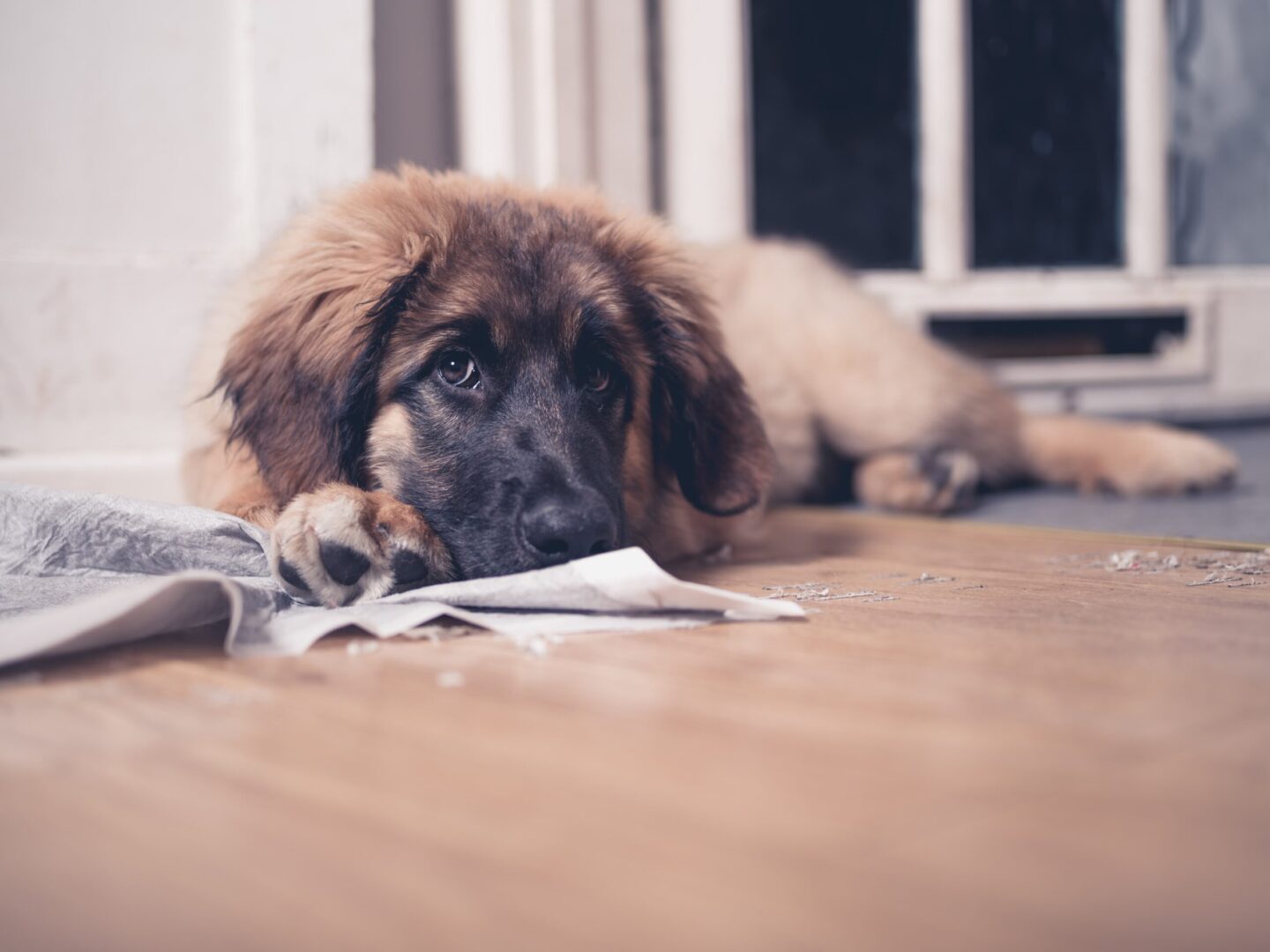
-
Mastiff
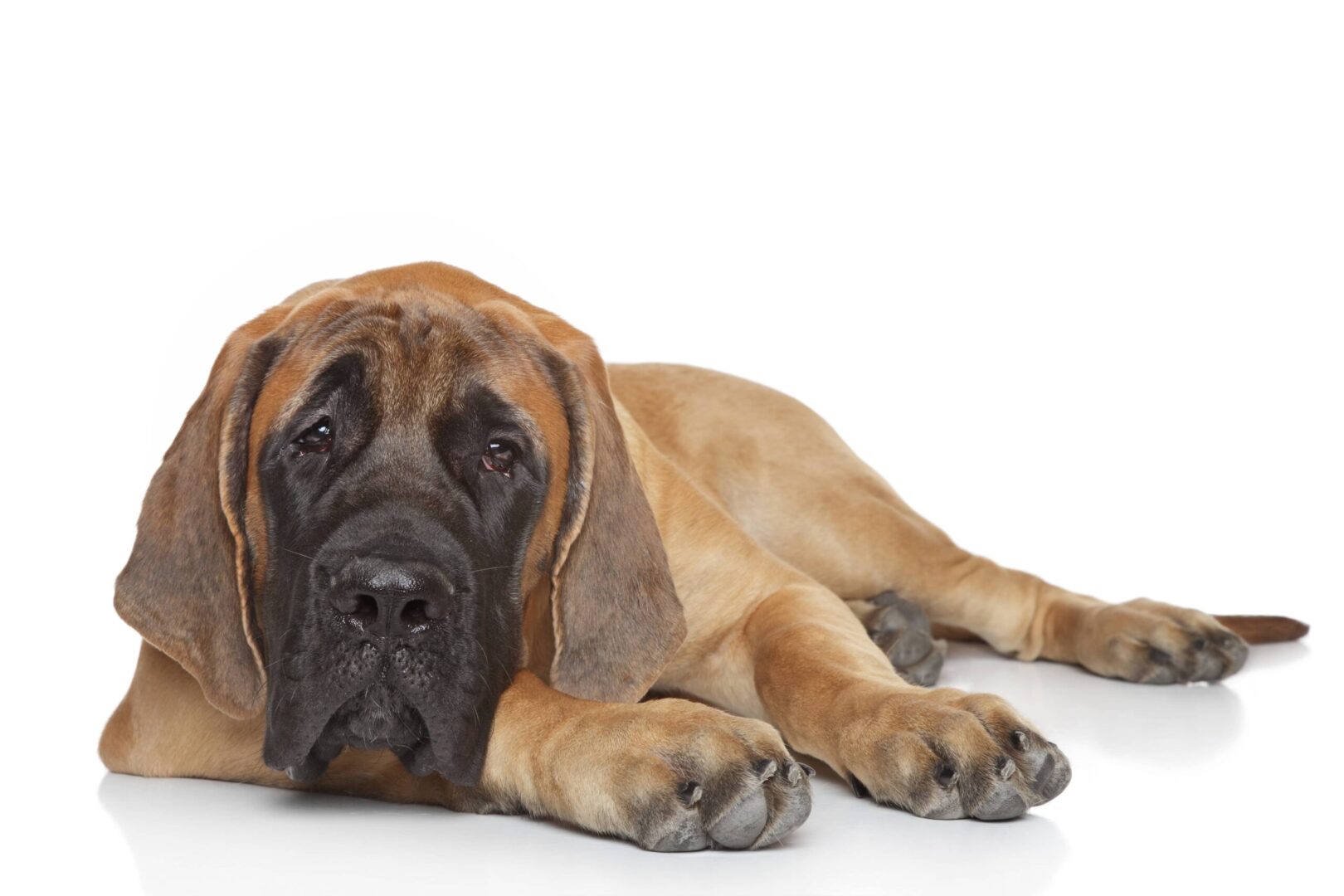
-
Neapolitan Mastiff
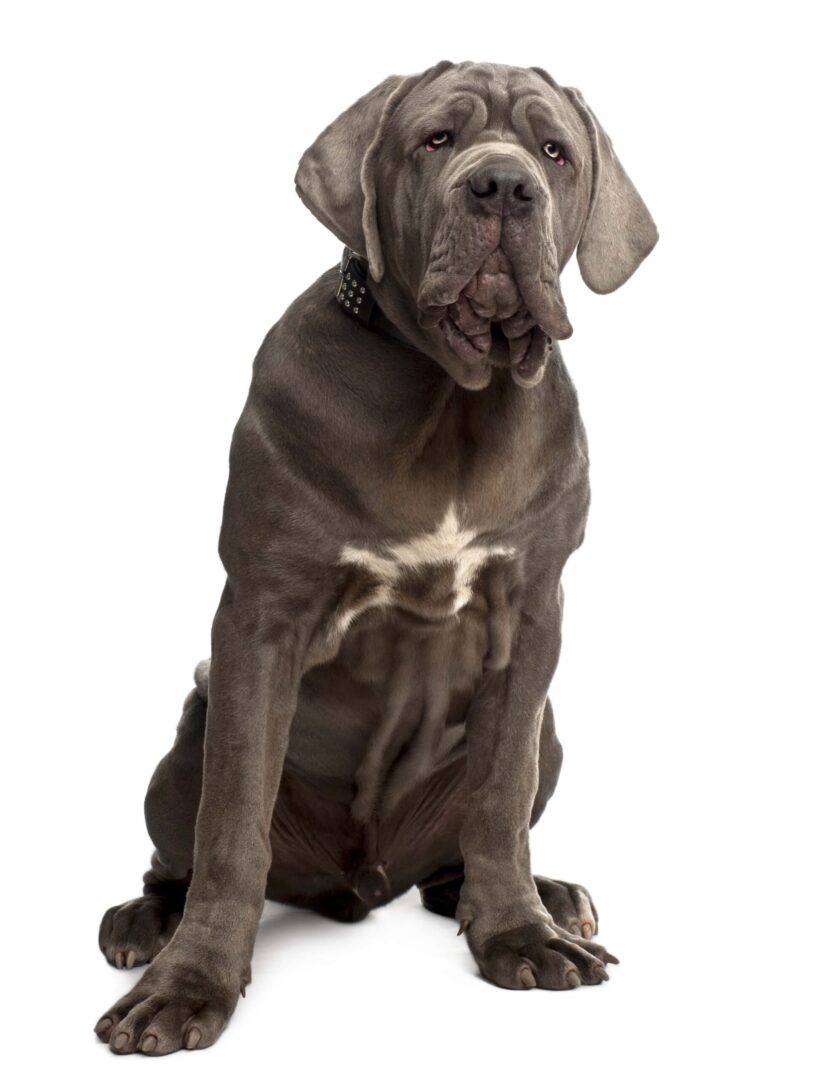
-
Newfoundland
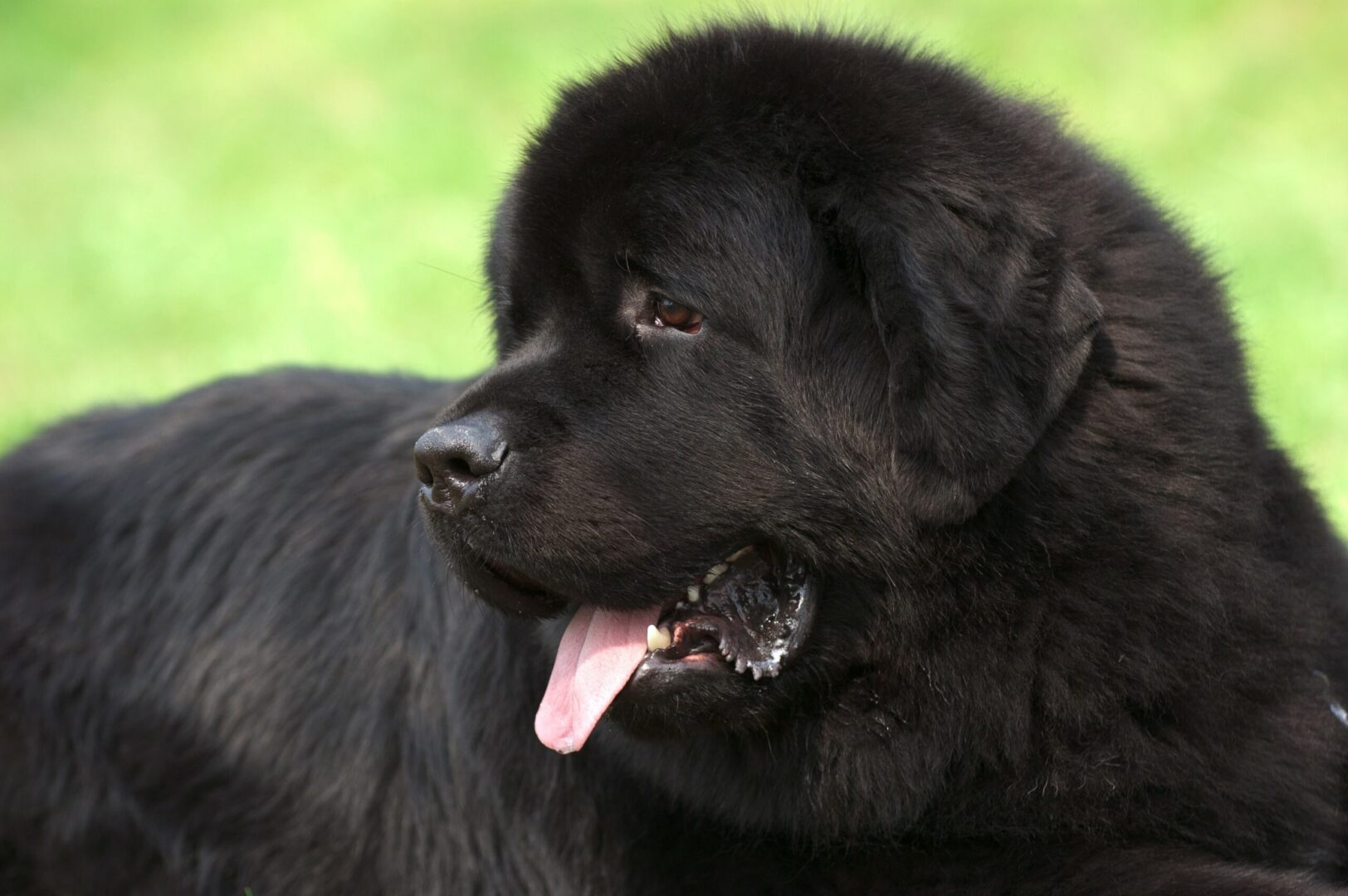
-
Portuguese Water Dog

-
Rottweiler
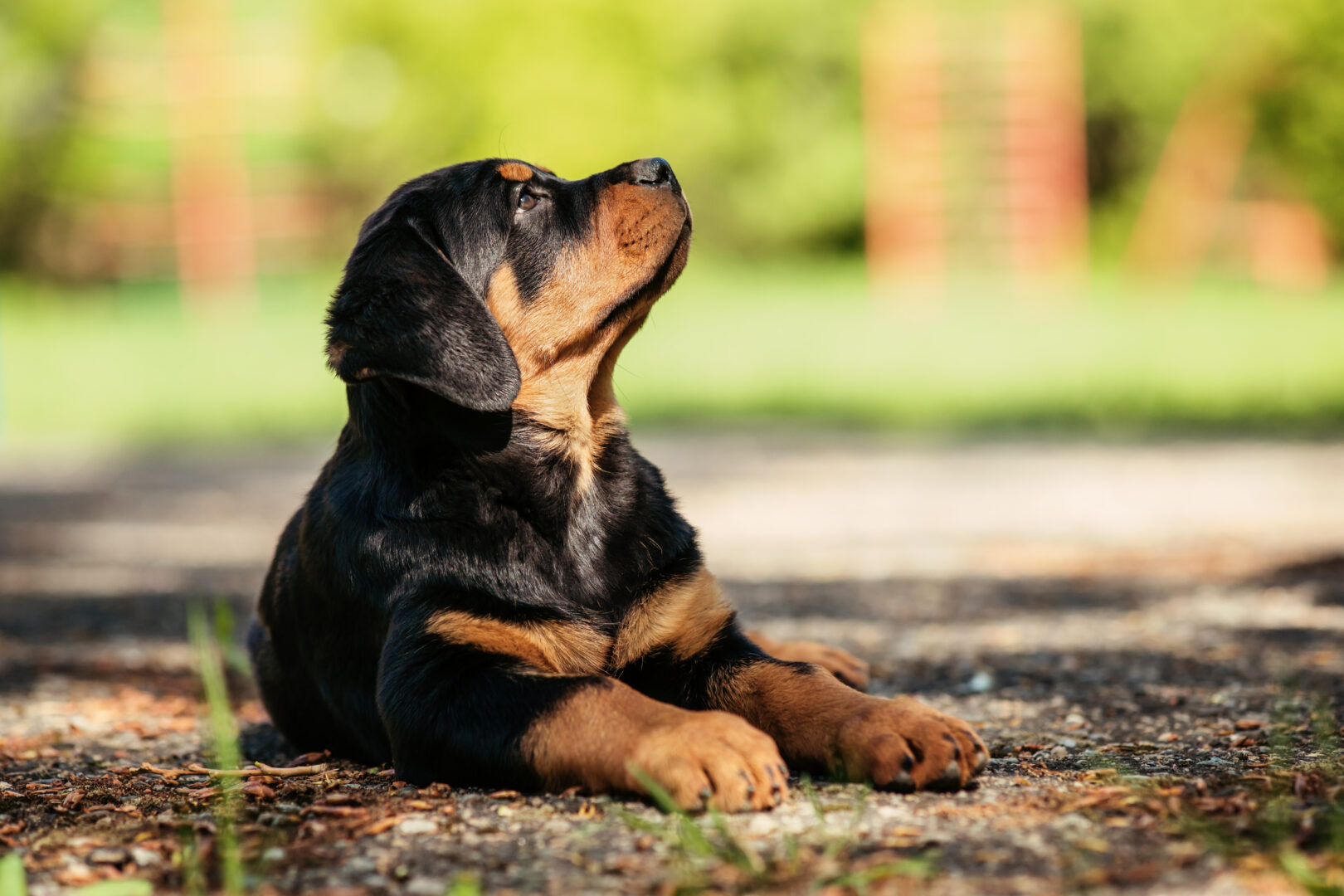
-
Bernard
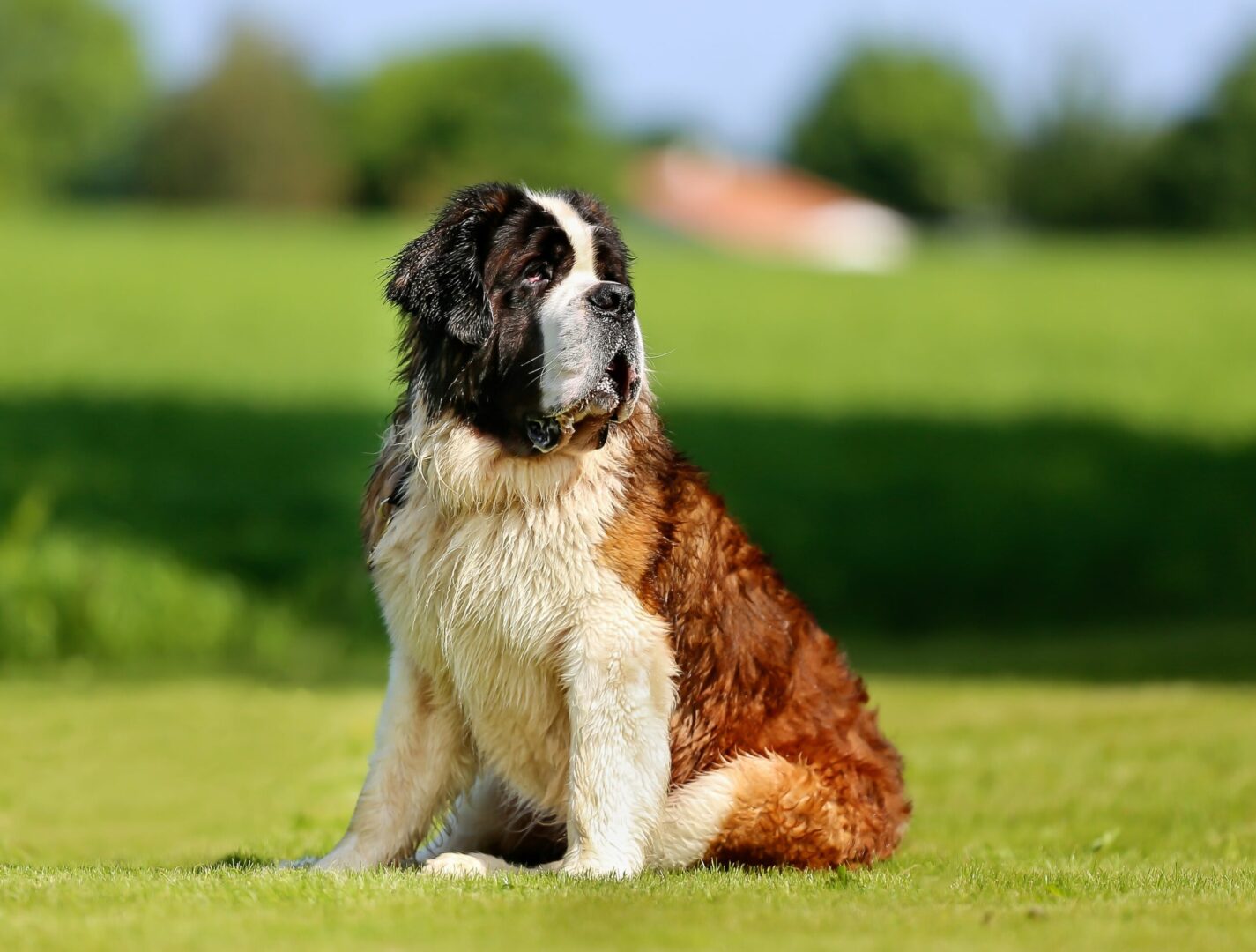
-
Samoyed

-
Siberian Husky
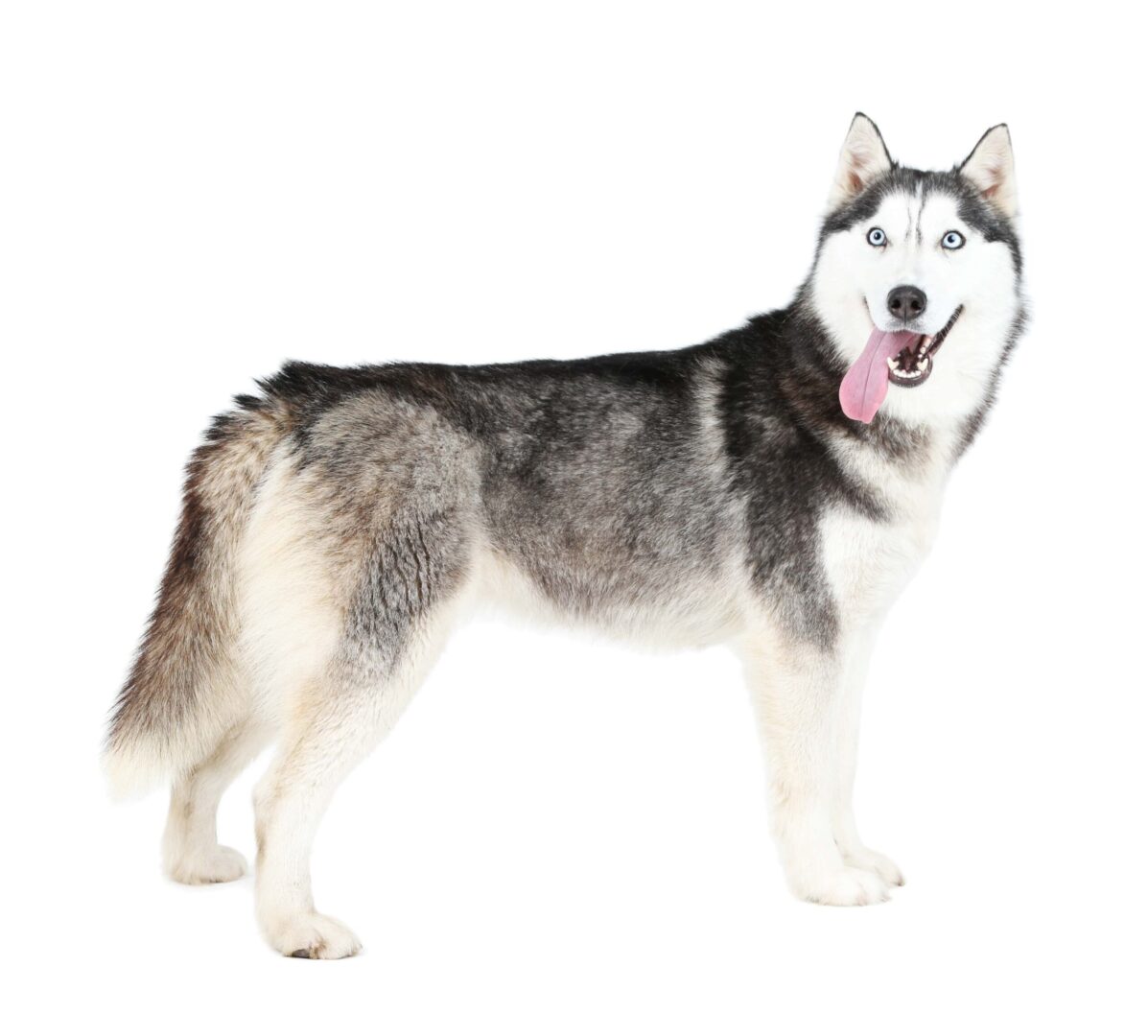
-
Standard Schnauzer
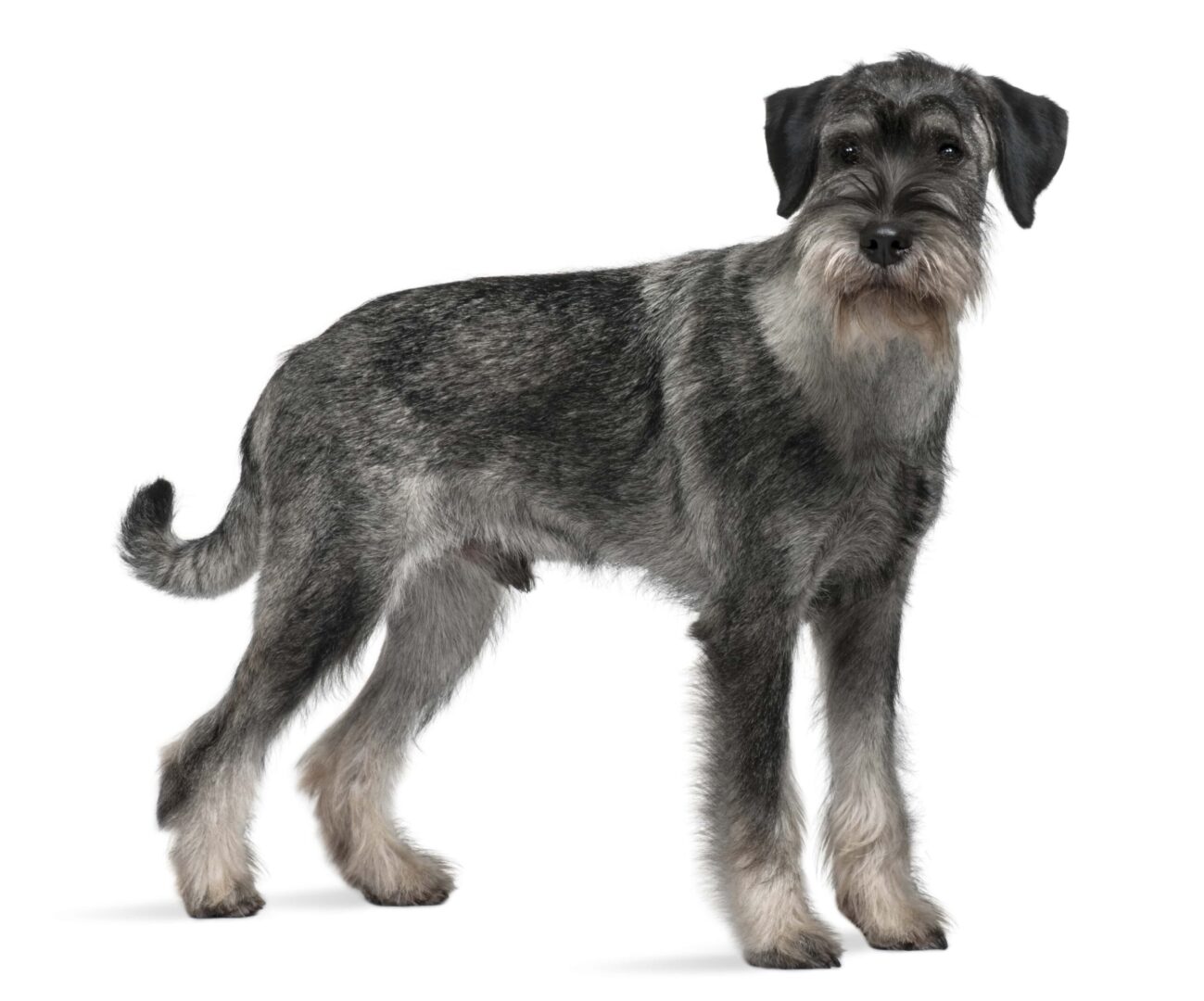
-
Tibetan Mastiff

If you are anything like me, you probably read a list like that and think, “Yes, please…one of each!” Yet, it bears repeating that almost all dog professionals and experts say that the size and intelligence, along with several natural instincts of this breed make them less appealing as “pets” to first-time or novice dog owners. Even if you have kept smaller dogs as pets in the past, they may not operate in the same way that these dutiful, self-reliant, problem-solving fellows can and will.
Just consider a breed like the Bernese Mountain Dog. It was bred to guard flocks, and to do so on its own, alone for stretches of time. That means that the dogs have to be adept at figuring out what to do in the event of an emergency. Way back when, these large dogs would figure out what to do if several wolves or dogs were attempting to attack the farm and could protect livestock or even drive them out of harm’s way. Today’s Bernese Mountain Dog is not likely to face that challenge, and so they will need training to keep them from being “alert” to things they should not perceive as a threat or problem. They will also need to be kept intellectually stimulated, as boredom often leads to trouble with smarter dogs.
Choosing Your Working Group Dog
As someone interested in dogs, you already know that the breeds all have their own unique qualities and characteristics. Yet, the groupings done by kennel clubs are to ensure that competitions are of the “apples to apples” variety and not the “apples to oranges” approach. If you are going to be adopting a dog and find that some of the breeds within the working group appeal, that is probably because you appreciate their loyalty, eagerness and reputations as “gentle giants” (which most of them are). Maybe you love a big dog, and this is definitely the group to find them.
However, although the Working Group has some similar traits and characteristics, you have to choose your Working Group puppo based on your specific capabilities and interests.
So, the first thing you will want to do when you consider adopting a Working Group dog is to figure out precisely what it was meant to do. Again, the Bernese Mountain Dog has been designed for hard work. They can drive cattle and do guard duty, but they also have a history of working as draft animals and can pull many times their own weight. That means you need to recognize the importance of training or face being pulled down the sidewalk by your strong and eager dog!
Keep in mind that even though many of this group are large, most can live comfortably in smaller quarters, even apartments. The key is to know how to keep the dogs physically and mentally exercised and content. These dogs also require a bit more where socialization is concerned as many come from long lines of “individuals” who work alongside with and for a single human or a family. Because of that, they can be nervous around new people, standoffish or even unpleasant. Getting your big dog into training as soon as possible (8 weeks is a great time), helps them to overcome their instinct to be a work-alone dog.
Even then, you may find that breeding is never a guarantee of specific traits. I’ve personally known a lot of huskies who love to sprawl out on the sofa all day and who get mouthy when they are made to get up and go outside. I’ve seen mastiffs who are anything but gentle giants and who demand a very firm hand and strong commands from their owners. So, the real key with the Working Group dogs is to get them socialized, trained, and to ensure you are meeting their natural inclinations towards working, punching the clock so to speak, and serving a purpose in their family. This is often what makes for the happiest Working Group dog.
And, of course, the generalities about this group have to be set aside when meeting any of the larger dogs for the first time. After all, many of these dogs are chosen for their natural traits and work as guard dogs. If not properly trained, they can represent a danger to children and adults alike. So, although you might own and live with a big pushover of a Working Group breed, don’t expect every member of the group to be a gentle giant or big sweetheart. This goes for any breed, but with big and powerful dogs, it is especially important to always keep that in mind.
As the experts from Animal Planet say of this group, “Without the right training, some working dogs can be difficult to handle, even dangerous. Very bright and rather determined breeds … sometimes nothing can convince some of these dogs that not all strangers, especially children, pose a threat.”
In fact, in an article I did about the 21 most dangerous breeds, this group figured prominently. The list included Doberman Pinschers, Boxers, Malamutes, Great Danes, Mastiffs, Siberian Huskies, Rottweiler, Saint Bernards, Cane Corsos, Newfoundlands, French Mastiffs and Akitas. And as you might guess, a lot of the time it boils down to one reasons: improper training or handling.
These are, by their categorization, working dogs. Fail to give them work and disaster may result. Fail to help them navigate the world in which their instinct is to guard or serve you, and trouble strikes. Failures on the part of owners is usually the biggest problem, and it takes 30 seconds of thinking to understand the psychology that might cause a bigger, working dog to react badly or in a way that is dangerous.
Their size doesn’t help, either. Remember that they are also some of the world’s heaviest dogs, and because of that you may want to consider if you are able to handle a dog weighing in at 75 to well over 140 pounds. For instance, the Anatolian Shepherd averages at 150 and English Mastiffs can hit or exceed 250. And though handling them is a serious matter, you also have to consider that dogs (such as those massive Mastiffs) think of themselves as lap dogs and cuddlers, so you must be physically able to endure their affection!
And though, you’ll see some of this group on lists of “least” affectionate dogs, this is an unfair assessment. They are dutiful dogs, thinking dogs, heck, they can be called intellectual and “over thinking” dogs. They are on duty at all hours. So, I don’t hold a lot of stock in labels like least affectionate.
Know about Age and Illness
Also, one thing to remember about almost all of the big dogs is that they don’t often have life spans as long as the smaller breeds, and they can suffer from certain health issues. According to one authority, “Recognized for their intelligence and power, working dog breeds are also more prone to certain injuries and illnesses than dogs from other groups.”
They are more likely to suffer a cruciate injury, like an active human might sustain an ACL tear or injury. They are also 40% more likely to develop different kinds of cancer. They are prone to GI issues as well as swallowing foreign objects. Yes, that statistic is odd, but makes sense when you realize that many dogs are given toy balls to play with, and this is one of the most commonly swallowed items. The balls are too small for the large sizes of this group’s average mouths.
Keep in mind, though, there are some breeds that do not have many health issues at all. Anatolian Shepherds, Dogue de Bordeaux (aka French Mastiffs), German Pinschers and Samoyeds are in the group and yet prone to very few health issues! And some are also among that oh-so-rare category of dogs that don’t smell that much, i.e. relatively odorless dogs! In particular, you can count on the Siberian Huskies, Alaskan Malamutes, and Kuvasz to need little to no bathing and yet remain stink-free!
And though the average life span of small dogs is around 10 to 15 years, with many hitting ages as high as 18 and older, the big dogs don’t often enjoy such lengthy lives. They typically live from 8 to 12 years, though some breeds (like the Akita) can easily reach life spans of 15 years. From the Working Group, the Rottweilers, Neapolitan Mastiffs, Leonbergers, Bull and English Mastiffs, Newfoundlands, Boxers, Bernese Mountain Dogs and Great Danes are noted for typically shorter lives.
As I always tell my readers, there is no guarantee that any dog is going to have the “average” health issues, life span or temperament that its breed is known for having. Instead, it is best for you to spend time with a pup’s parents to see what they are like, and to learn of their overall health and wellness. These are far more accurate in helping you to gauge if your dog is going to be all that you had hoped.
Even then, genetics are genetics…you know the saying about every family having that aunt or uncle? The same applies to dogs, and while Mom and Dad may be ideal, a pup may turn out a jerk, though this is a fairly rare outcome. Still, just be aware of such risks when looking to bring home one of the bigger, Working Group dogs and understand that they can inherit health issues and short life spans.
And with the “generalities” out of the way, it is time to take a look at a few of the lesser known breeds within this group. This is going to easily illustrate that there is a huge amount of diversity and variation within the group and help to make it clear that each dog is individual and unique, and though part of a broad grouping, deserves to be considered for its own characteristics if you are considering adding a new member to the family.
We’ll go in alphabetical order to eliminate any accusations of favoritism, though I honestly find each of these dogs quite irresistible!
Anatolian Shepherd Dog
Described by the AKC as “loyal, independent and reserved”, these are lovely, tall dogs standing around 27-29” at the shoulder. With black masks and golden coats, they weigh in at around 80 to 150 pounds and are some of the most protective dogs I the group. They are remarkably strong and “profoundly loyal” with tremendous patience and intelligence.
They make wonderful babysitters as their goal is always to protect the “flock”, even if that means a couple of kids and a housecat! They will do this service with great dedication and intensity, and this is due to their incredibly long history of offering up such service to humans.
They are known as descendants of some of the oldest canine bloodlines, with roots reaching as far back as the Bronze Age. Originating from what is now the region around Turkey, they were first goat herding dogs and were so common that many biblical references to herding dogs are thought to refer directly to the breed.
It was only in the years just before and after World War II that the breed began appearing in the U.S. and was part of a Department of Agriculture program to determine the ideal breeds for working American sheep farms. After the war, the dogs began to really take hold in the farming and breeding communities and the breed entered the foundation stock in the 1970s.
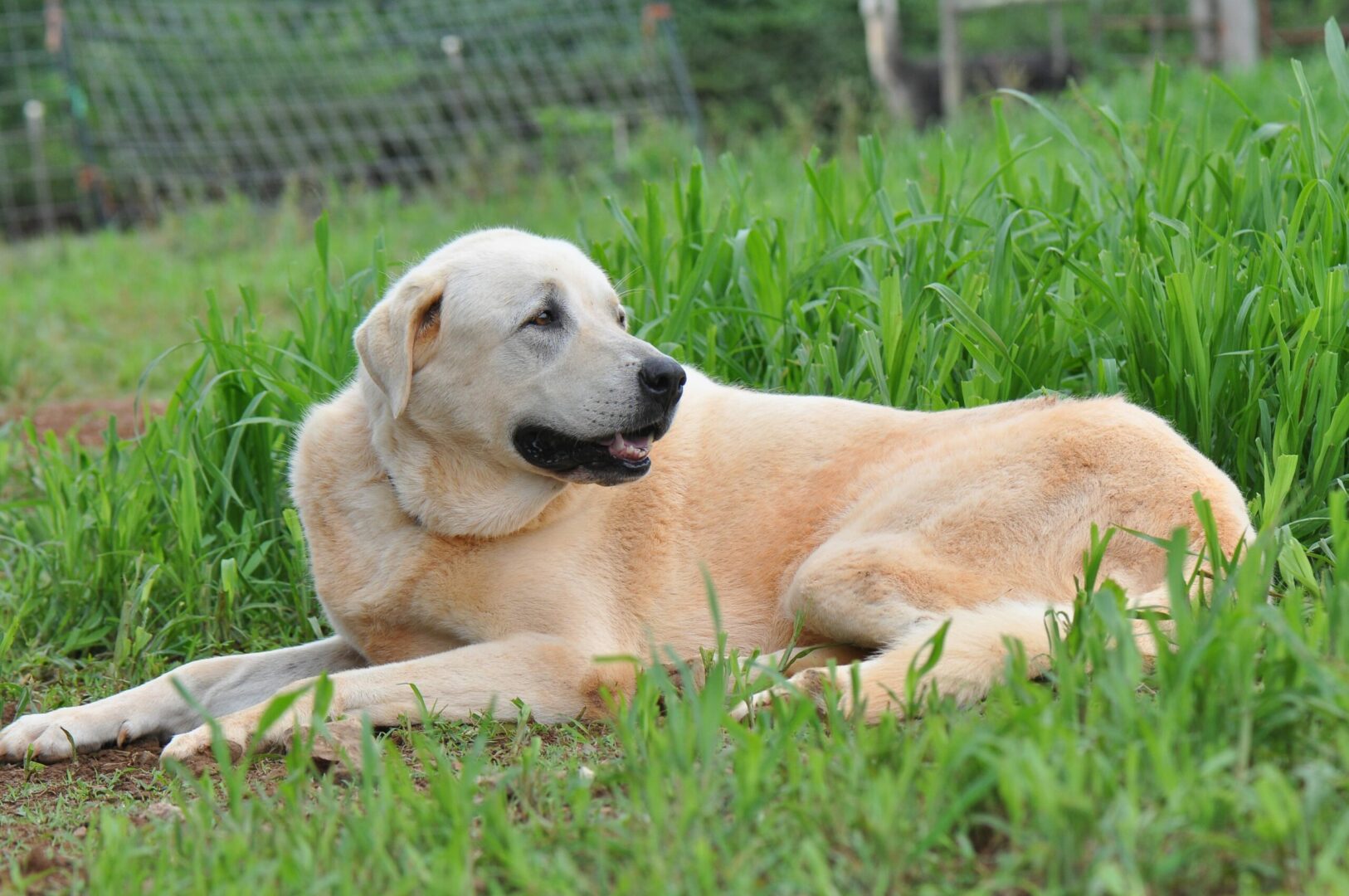
Noted as some of the most protective dogs, they are typically laid-back and calm. They are friendly to strangers if they perceive no threat from them (taking cues from their humans) and are deeply affectionate with their families.
Since they are working dogs, they love to be outdoors and active. Their coats are thick and able to withstand colder weather. They’ll need moderate amounts of daily exercise, and you should never trust them outdoors alone – even with a fence. An hour of playtime in a well-fenced yard is fine, and preferred, since these dogs want to protect their flock and territory and long walks in unfamiliar areas can be confusing to them.
Clearly, training is essential, but it is socialization that is more important with this breed as they are instinctively wary of other dogs and people as well as protective. Obedience training is very useful because this is one of those independent, problem-solving dogs that may not respond well to commands. Working early and regularly on training is the key to a happier Anatolian Shepherd Dog.
This breed sheds twice a year, so get them used to grooming. They’ll need weekly brushing and regular nail trimming, and as always, dental care is a good idea with all dogs right from their earliest days.
Black Russian Terrier
I had no real familiarity with this breed until I wrote about dogs labeled (mislabeled) as being among the least affectionate. The breed is typically leery of strangers and is always on guard. They are big on developing trust, and so once you have won over one of these guys, you’ll see the affectionate side shine through. They will never (or at least very rarely) be cuddle dogs, but they will encourage interactions with you, keep themselves close to you, and even paw or stare at you – which is another way dogs have of saying “I love you”.
The AKC summarizes them as “intelligent, calm and powerful” and these are very accurate words to describe them. They are typically tall dogs, standing 26 to 30 inches at the shoulder and weigh an average of 140 pounds. They have beautiful, silky black coats and enormous heads with heavy bangs over the eyes.
Yet, for all of its bulk, the Black Russian Terrier moves effortlessly and nimbly. An authentic product of the 1930s Soviet government, this breed was meant to be a “super dog” integrated into the Russian army! Skilled scientists combined around 17 different breeds to get a dog with the temperament, build, capabilities and strengths that this breed features.
As the AKC explains in its history of the breed, “The result was the BRT: a tireless fence dog who could patrol Russia’s endless borders, swift and powerful enough to down and hold a prisoner at Stalin’s notorious prison camps, with sufficient coat to work a Siberian night shift. The dogs were deployed successfully at border crossings, remote prisons, and military installations.”
And yet, by the 1950s many of these installations and prisons were shutting down. This left breeders with an abundance of dogs and soon, they were appearing in Russian homes. They appeared in the AKC Stud Book in 2004.

This breed is one for an owner with experience. This is because the dogs can be extremely willful and strong. Socialization is vital, as is obedience training, and in both instances, the sooner a dog enters into such activities, the better it will be for all involved. This is a breed that must have positive reinforcement at all times, and though it learns amazingly fast, it can shut down if harsh training or punishment (something I never advocate) is used. The breed also needs about 40 minutes (minimum) of daily exercise. Walking, jogging, or running are just fine, but so too would be games in the yard.
Under no circumstances should this breed be allowed to be bored or inactive as this typically leads to destructive behaviors. If you feel you need to give this dog more stimulation, agility and rally training are activities they take very well to.
As to grooming, this breed has that beautiful tousled coat, which is always black and doubled. They benefit from regular brushing and will need grooming around their eyes and beards on a regular basis, too. Get them used to nail trimmings or visits to the groomer to help with this issue.
With life spans average around 12 years, you will have to be ready to commit to this breed. They are wonderful dogs with amazing intelligence and self-reliance, but they also need a lot of help with entry into the modern, human world. They are prone to protecting their people (or fellow pets, though they’d never admit that they too are a “pet”), and so they need to understand social rules and their owner’s expectations. Work with them through play and training and everyone will be happy.
Boerboel
This is another breed that I had almost know knowledge of when I started digging into the official members of the Working Group. A South African breed, it has a pretty bad-ass lineage. After all, adopt one of these dogs and it is quite likely that one of its ancestors spent time fighting off lions in Africa. These dogs were created to guard the home and family and so they have faced some of the world’s most frightening predators.
The AKC’s summary of the Boerboel is “confident, intelligent and calm” and a single look at one of these large dogs indicates the validity of that description. They are relatively tall, standing 22 to 27” at the shoulder and weighing in at a staggering 150 to 200 pounds. They are very, very solid creatures.
They have charming black masks on the muzzle and eyes, a tawny to golden color on their short and wiry coats and nicely placed ears that frame those remarkably intelligent eyes. They are described as “no-frills, no-nonsense” and yet also as powerful and thickly muscled and noted as the most agile of the mastiff types.
Their mission is to protect their people and anywhere their people are located. Thus, and as is the case with most of this group, you need to socialize very early to prevent dominance from making their adult lives very difficult. The good news is that this breed is so intelligent and eager that they take to training in a way that few other working dogs will. They love to be around their families, and if you give them your full attention in training they will do as asked and learn very well.
As their names imply, they are part of the Boer society (Boer is a Dutch term for farmer), and the Boerboels are descendants of the dogs that early German, Huguenot and Dutch settlers in South Africa brought with them as they emigrated.
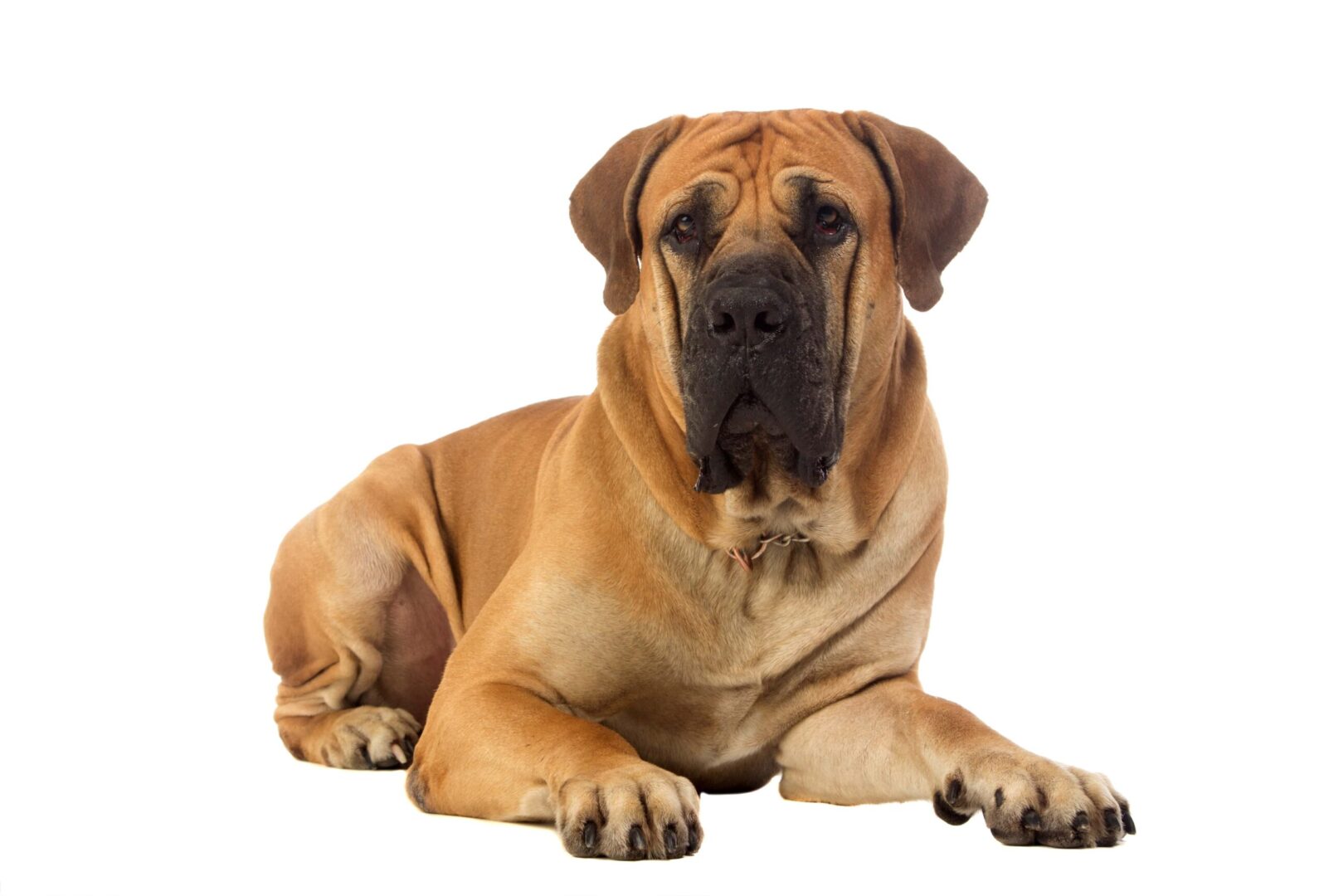
They quickly evolved into key protectors of the home, and their strength, courage and agility worked in their favor when they came up against everything from large groups of hostile baboons to far more terrifying lions and leopards on the prowl. Yet, for all of the ferocity that their lives demanded, they have such intelligence and sensitivity, that they are far more adept at reading a friend or foe out of an unknown person or situation. Though they never back down from a fight, they are not quick to leap into one. In fact, they are used as therapy dogs and they have a particular adoration for children of all ages.
The dogs also have a place in AKC herding events and companion events and are excellent at mastering any number of new tricks. This dogs love interacting and training with its humans and must not be kept separated from its family. They require obedience training and socialization early, and though a pup is often laid back, it can become dominant as it ages. It is best to train this out of them before it even occurs.
They need long walks and daily exercise, but a dog park is not the place for this breed, and off-leash is a huge no-no. Instead, train them for leashed walks where there are low risks of encountering other dogs or simply exercise them in a fenced yard.
These guys have short and dense coats that demand only moderate upkeep. A weekly grooming with a grooming mitt or brush is ideal and helps keep the natural oils properly distributed.
If you want a real smarty pants who is dedicated to protecting you and the family (even it means one person and a cat), this is probably a good choice. Keep in mind, though, that you cannot slack off with training and that this is a breed in particular need of early socialization if he or she is to thrive. Sadly, they live shorter lives of around 9-11 years, so make the most of every minute with this lovely, remarkable dog.
German Pinscher
And now, we go to the far opposite end of the size spectrum and look at the diminutive German Pinscher. At 17-20” at the shoulder and weighing in at no more than 45 pounds, it is a remarkably small dog when compared to the gentle giants within the same group. Noted as being “courageous, intelligent and vivacious” they are also one of Germany’s oldest known breeds. A relative of the pinschers, they worked as rat catchers and other tasks.
The AKC says that they are a “dog lover’s delight” because of their good looks, noble expressions, and confidence. They have a very clear history that places them as one of the founders of the Miniature Pinschers as well as the Dobermans. However, its history is actually more closely connected to the Schnauzers than today’s other Pinscher types.
The name pinscher is though to be a term taken to mean nip or bite, something that the breed is known to do to perceived threats as well as vermin! Today, they have gone beyond rat catching (though they are still instinctively adept at this task) and work as family guardians, too.
And unlike many other members of the group, these dogs are not in need of intensive training early in life in order to prevent dominance or territoriality. Instead, they need early and ongoing training to prevent them from easily manipulating their humans! They are so smart, that they have often shown a proclivity towards figuring out how to get a person to do what they wish them to do, and so they are not a breed for the first-time dog owner – unless you use expert obedience training.

These dogs are also easily bored and can become destructive if not challenged intellectually and physically. They need a lot of daily exercise but cannot be “off leash” because of their natural inquisitiveness in combination with their desire to protect. All of this makes them ideal candidates for advanced activities such as training to compete in agility, rally, tracking, and barn hunts competitions.
They are one of the lowest maintenance breeds and need only periodic care for their short, dense and wiry coats. Bathing is not a requirement but may help to keep that coat shiny. They may require more frequent nail trimmings if you cannot get them to places where nails can be naturally worn down.
With long lives of 12 years or more, the German Pinscher does rate as one of the dog lover’s breeds. Super smart, manageable in its size, eager to learn and exercise, and helpful if you get the occasional mouse in the house, they are also dedicated guardians that like to snuggle!
Leonberger
With its teddy bear face and appearance, and official description as “friendly, gentle and playful”, the Leonberger is a really desirable member of the Working Group. Substantial in size, they stand from 26 to 31 inches at the shoulder and can weigh in at 90 to 170 pounds.
Though called powerful and huge, they are also graceful, intelligent and loving. They are incredibly patient and enjoy the company of people of any age. They have gorgeous and lush coats that include a charming black mask that frames their remarkably kind and gentle eyes. The males develop a mane not unlike that of a lion as it drapes the chest and neck.
And though quite large, the are noted for their amazingly easy gate. The AKC says that are “friendly, but nobody’s fool” and make for ideal watchdogs. Yet, as working dogs, they think for themselves quite well and are often able to demonstrate uncanny judgement about people or situations.
This, however, is among the highest maintenance breeds in terms of its coat, and so even before learning about this dog, you should know that ownership will mean many hours and years spent brushing and grooming. However, they often think of grooming sessions as hug fests and lovingly sit and enjoy them!

The breed was not designed (at first) for working but rather as a companion. They evolved out of the work of an 1800s entrepreneur in Leonberg, Germany (hence, the name). A blend of several large breeds, they were meant to be the only dogs ideal for the nobility. They did end up in the company of many kings, leaders and others.
Yet, their intelligence and adaptability made them ideal for farms and soon they were at work on docks and waterfronts (they are fantastic swimmers and love the water), farms and watching flocks in pasture lands. They are also cart pullers with amazing strength.
However, today, they are some of the best therapy dogs because of their sensitivity and ability to “read” humans. This does not mean you can skip socialization and obedience training, and it is advised that even the mellowest Leonberger pup get into active training by 20 weeks or sooner. They are high energy dogs with lots of strength, so get used to daily exercise along with the training. They are eager to please, and so your job is to ensure they understand what you want of them.
Of all of this group, though, the Leonbergers have the shortest life spans and average out at only seven years. This is heartbreaking to consider, but the sheer joy that these dogs bring to their homes easily offsets the short amount of time you get to enjoy their companionship.
Are You Ready for a Working Dog?
Hopefully, this has inspired you to consider bringing a working dog into your home. They are truly some of the most enchanting and appealing breeds around. Mostly huge, they all have a notable amount of intelligence and dedication to their humans and whether you want a dog for protection, companionship or both – this is the group that will really deliver.
Related Content:
21 Most Dangerous Dog Breeds (Video)
24 of the World’s Heaviest Dog Breeds
25 Least Affectionate Dogs
32 Dog Breeds Without Many (or Any) Health Issues
Sources
https://www.akc.org/dog-breeds/working/page/3/
https://www.proplan.com/dogs/dog-care/meet-the-akc-working-group-dogs
https://www.gopetplan.com/blogpost/working-dog-breeds
http://www.animalplanet.com/breed-selector/dog-breeds/working-dogs.html
https://www.gopetplan.com/blogpost/working-dog-breeds
https://www.akc.org/dog-breeds/anatolian-shepherd-dog/
https://www.akc.org/dog-breeds/black-russian-terrier/

